Dogs, Info Guides
Small Dog Breeds – The Ultimate List of Dog Breeds
TABLE OF CONTENTS
THE ULTIMATE LIST OF SMALL DOG BREEDS
Dogs are Australians’ favourite pets with some 4.8 million dogs in Australia today.
And small dog breeds account for nearly 40% of that number.
Small dog breeds are increasingly popular as companions for older citizens, for apartment dwellers, and for families with young children.
But with hundreds of dogs available to choose from how do you know which dog is the right one for you?
We’ve put together this guide to small dog breeds to help you choose your very own special little fur baby.
We’ve listed the dogs in categories to give you a good place to start working out your shortlist of dogs.
MOST POPULAR
Australians are falling head over heels with small dogs. Some of the most popular include:
- French Bulldogs
- Cavalier King Charles Spaniels
- Australian terriers
- Jack Russell Terriers
- Parson Russell Terrier
- Maltese Shih Tzu
- Miniature Schnauzer
CUTEST SMALL DOG BREEDS
Cuteness is in – we just love cute small dogs with adorable looks and a larger than life personality.
Of course everyone’s taste differs but what’s not to love about gorgeous little fur babies like the:
SMALL SHORT HAIRED
Short haired dog breeds make life easier with reduced grooming time and fewer dog hairs around the house.
Check out these short-haired breeds:
- Basenji
- Boston terrier
- Italian Greyhound
- Miniature Pinscher
- French Bulldog
- Dachshund
- Chihuahua
- Rat Terrier
- Welsh corgi
- Whippet
SMALL DOGS THAT DON’T SHED HAIR
Whether you dislike cleaning up dog hair or you are highly sensitive or allergic to dog hair you should check out these small dog breeds:
- American hairless terrier
- Bolognese
- Border terrier
- Wirefox terrier
- Chinese Crested (hairless variety)
- Coton DeTulear
- Italian Greyhound
- Lakeland terrier
- Miniature Schnauzer
- Schnoodle
SMALL WHITE DOGS
Small white dogs often look like pure sweet little angels. But beware, sometimes behind that facade lurks an impish personality.
Take a look at these:
- Bichon Frise
- Bolognese
- Maltese
- West Highland White Terrier
- Coton de Tulear
- Toy Poodles
- Japanese Spitz
- Pomeranians
OODLE DOG BREEDS
These adorable mixed breeds are a cross between pure-bred Poodles and other dog breeds.
The desire for dogs that exhibit the best traits of both breeds has generally been the motivating factor behind their creation, with Poodle’s hypoallergenic hair and low shedding coats becoming popular among breeders
Oodles are often described as like a teddy bear and that applies not just to their cute curly wool-like or fleecy fur coats but their gentle, playful personalities too.
Check out these adorable Oodle breeds:
BEST FOR FAMILY OR CHILDREN
Some small dog breeds have a tendency to develop the idea they’re the leader of the pack and become a little snappy.
You can avoid this by setting appropriate rules for your dog.
You also need to teach your children how to treat the dog gently.
But some dogs are just more tolerant than others. Small dog breeds that are particularly suited for families with children include:
- Boston terrier
- Bichon frise
- Border terrier
- Cavalier King Charles Spaniel
- Cesky Terrier
- Havanese
- Maltese Shih Tzu
- Miniature Schnauzers
- Welsh corgi
- Whippet
BEST SMALL DOG PET PRODUCTS
Just like us humans, our dogs need a place they can call their own, a space where they can chill out and watch the grass grow or engage in some focused tasty treat demolition.
Here’s just a few of the best Somerzby pet products perfect for your doggie.
SMALL DOG BREEDS
Affenpinscher
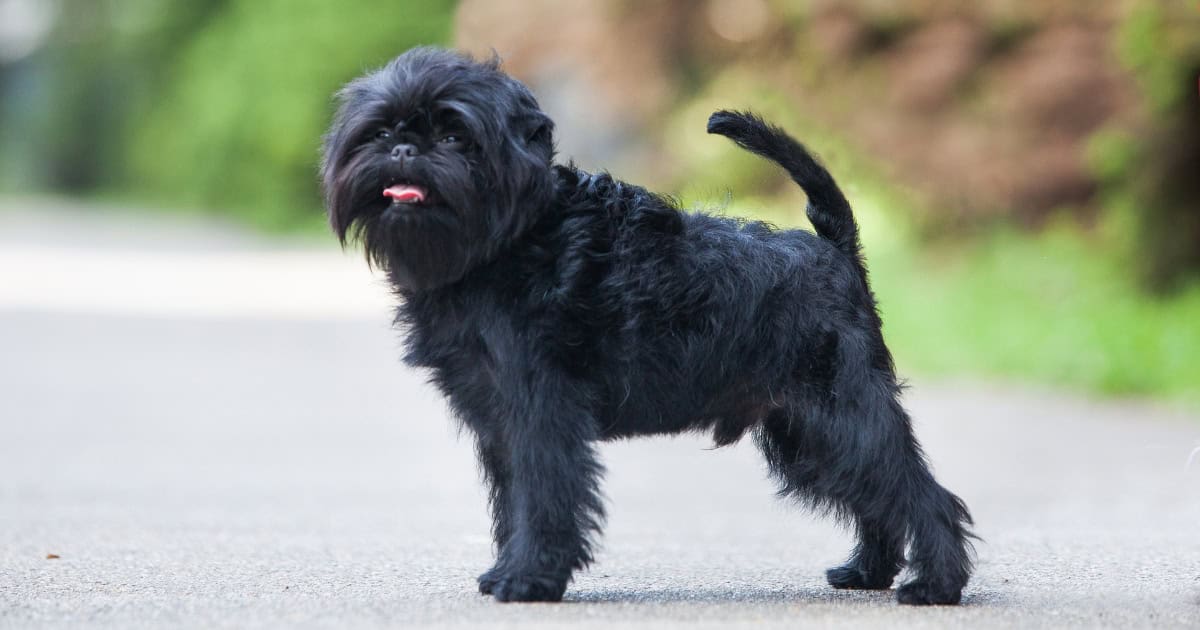 The Affenpinscher comes from Germany and its name (‘monkey-like terrier’ in English) aptly describes its lively, intelligent personality. In France they are known as ‘Diablotin Moustachu’ or the little devil with a moustache.
The Affenpinscher comes from Germany and its name (‘monkey-like terrier’ in English) aptly describes its lively, intelligent personality. In France they are known as ‘Diablotin Moustachu’ or the little devil with a moustache.
They are loyal and affectionate but they can also be bossy and will frequently do things their way not yours. Weighing around 5kgs their comedian antics make them the centre of attention in any home.
American Hairless Terrier
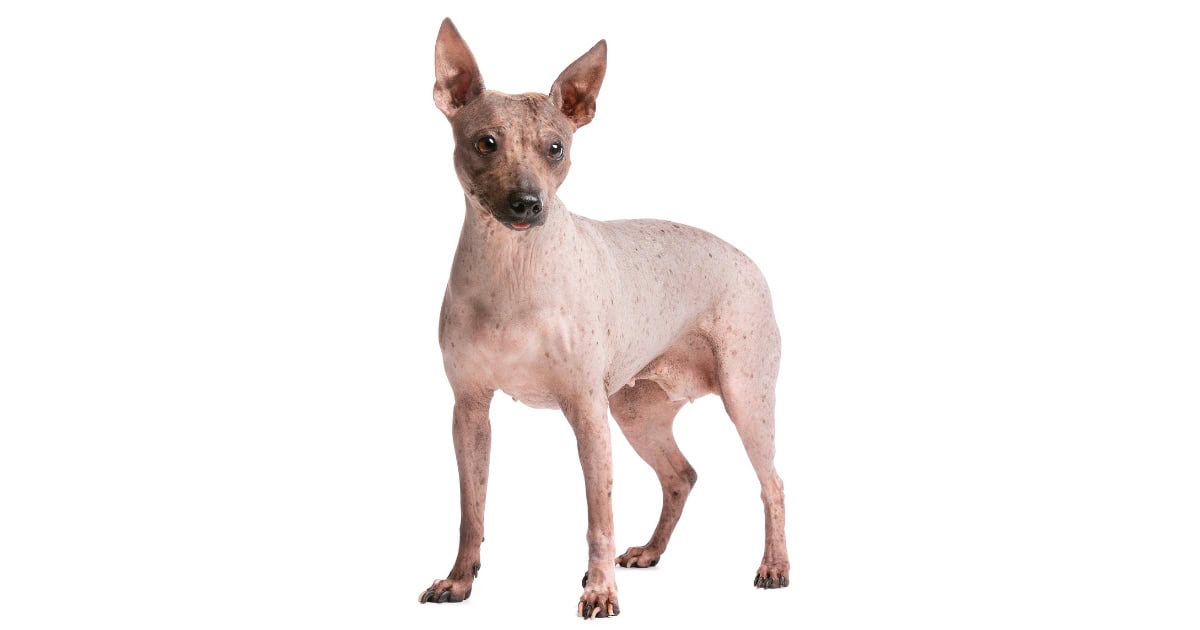 The American hairless terrier comes from Louisiana and is a lively, intelligent, and playful dog. This hairless little dog makes an ideal choice for allergy sufferers. There is a coated variety as well and its very short and shiny coat is low shedding too.
The American hairless terrier comes from Louisiana and is a lively, intelligent, and playful dog. This hairless little dog makes an ideal choice for allergy sufferers. There is a coated variety as well and its very short and shiny coat is low shedding too.
Owners need to be careful about exposing hairless dogs to the sun and cold weather. They love human companionship and will happily lounge about the house with their human family. Exercise needs are moderate.
Australian Terrier
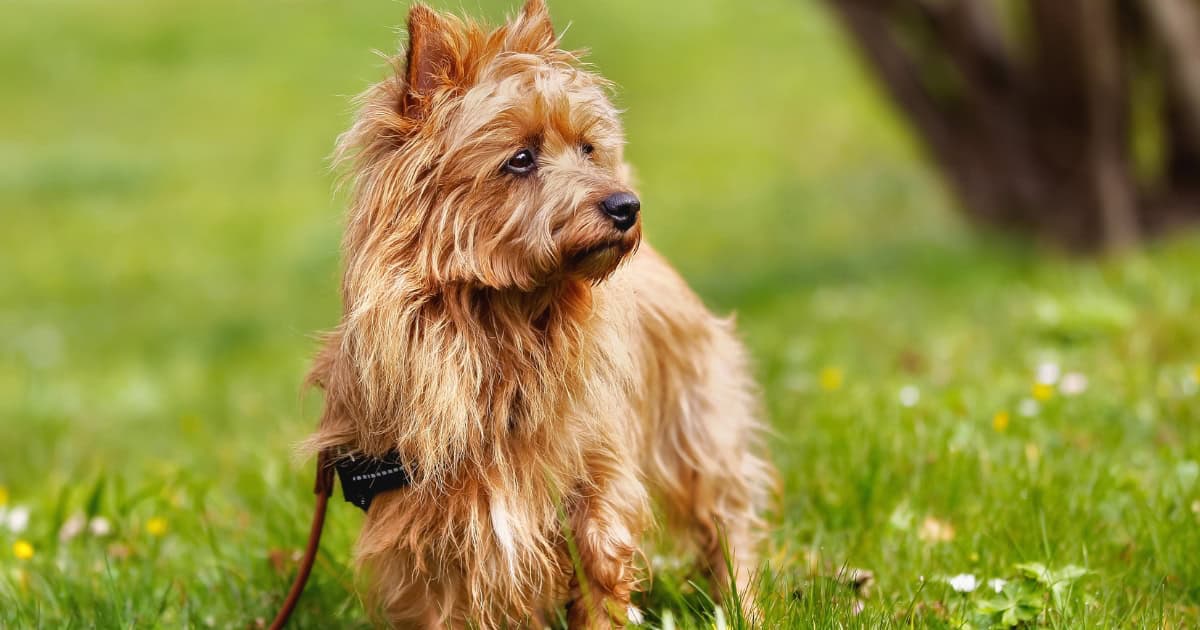 The ‘Aussie’ is a working dog bred for killing rodents and snakes and acting as watchdogs. They need exercise and to be kept occupied.
The ‘Aussie’ is a working dog bred for killing rodents and snakes and acting as watchdogs. They need exercise and to be kept occupied.
Boredom and lack of attention can cause the Aussie to become noisy and destructive. Aussies are loyal, loving, and obedient (with training) and can make a wonderful companion.
Their need to be the centre of attention does not always make them a great choice for homes with other animals.
The Australian Terrier is a healthy breed with fewer genetic defects than most other terriers. Their coat doesn’t shed too often, so only moderate grooming is necessary.
They weigh between 7 and 9kgs.
Australian Silky Terrier
 Weighing in at around 4.5kgs The Silky is a real powerhouse of energy coupled with a larger than life loving and affectionate personality. They love to be active; chasing anything that moves and digging in the garden.
Weighing in at around 4.5kgs The Silky is a real powerhouse of energy coupled with a larger than life loving and affectionate personality. They love to be active; chasing anything that moves and digging in the garden.
It was bred in Australia and is closely related to the Yorkshire terrier. The Silky, as the name suggest, has a long coat with a beautifully soft silky sheen but it will need frequent grooming to avoid becoming a tangled mess.
It is a true toy dog but doesn’t usually become overly ‘yappy’.
Basenji
 Basenji are an elegant small hunting dog breed of the hound family. The Basenji is one of the oldest domesticated dog breeds known. They are sometimes known as Africa’s barkless dog because they cannot bark; instead they will yodel.
Basenji are an elegant small hunting dog breed of the hound family. The Basenji is one of the oldest domesticated dog breeds known. They are sometimes known as Africa’s barkless dog because they cannot bark; instead they will yodel.
They are short-haired and require lots of training and exercise. They are highly independent and you will need an escape proof backyard.
Although they are affectionate with children and will get on well with other animals the need for patient training makes them a better choice for couples and families with older responsible children.
They’re also popular show dogs for agility courses due to their athletic and disciplined nature.
Beagle
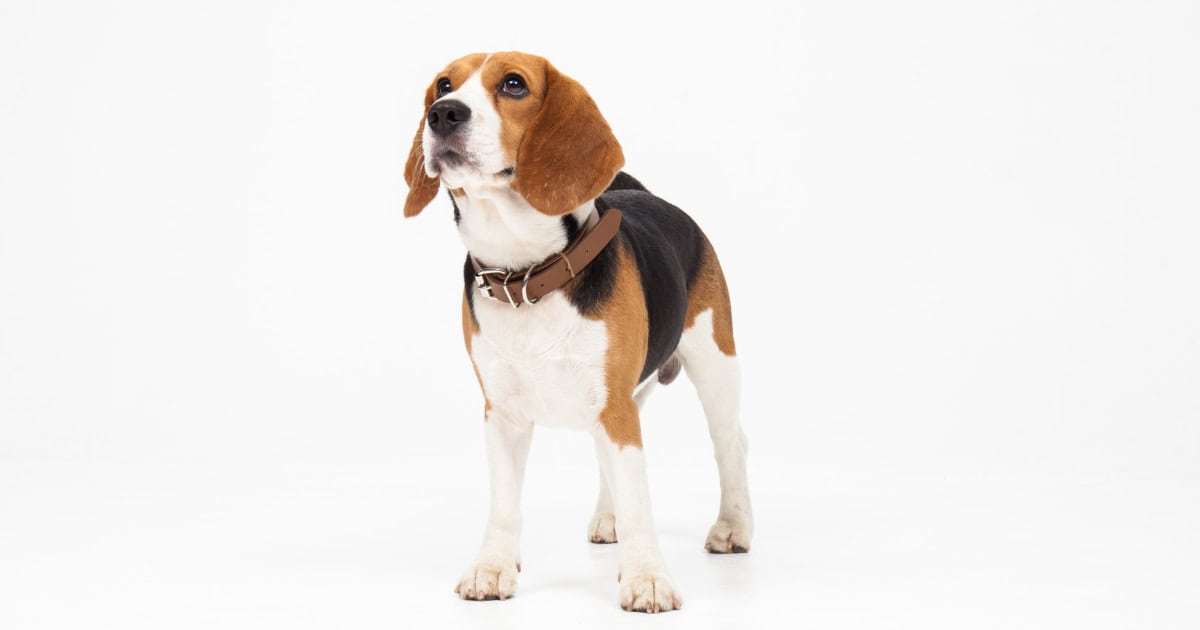 Dating back to the 1500’s, Beagles are another very old dog breed. Originally used by the English as scent hounds for hunting small animals, their advanced sense of smell has seen them commonly used as detector dogs for quarantine services.
Dating back to the 1500’s, Beagles are another very old dog breed. Originally used by the English as scent hounds for hunting small animals, their advanced sense of smell has seen them commonly used as detector dogs for quarantine services.
Beagles are an active and friendly breed, making excellent family dogs. Similar in appearance to the larger foxhound, they have a smooth short coat that can be tricolour, red, white or lemon.
They need a good amount of exercise daily to keep them healthy, as their breed becomes easily overweight or destructive if they don’t receive enough. It’s not recommended to keep them in apartments as their exercise requirements suit a fenced yard better.
Bedlington Terrier
 The Bedlington Terrier is a charming and energetic breed, loving attention from their humans. They are a loyal and protective watch dog. They love to chase smaller animals so always walk your Bedlington on a leash.
The Bedlington Terrier is a charming and energetic breed, loving attention from their humans. They are a loyal and protective watch dog. They love to chase smaller animals so always walk your Bedlington on a leash.
They have a white, curly coat and are sheep-like in appearance. They don’t shed fur although do need to be trimmed regularly. They have a distinctive arched back and pear-shaped head.
Bichon Frise
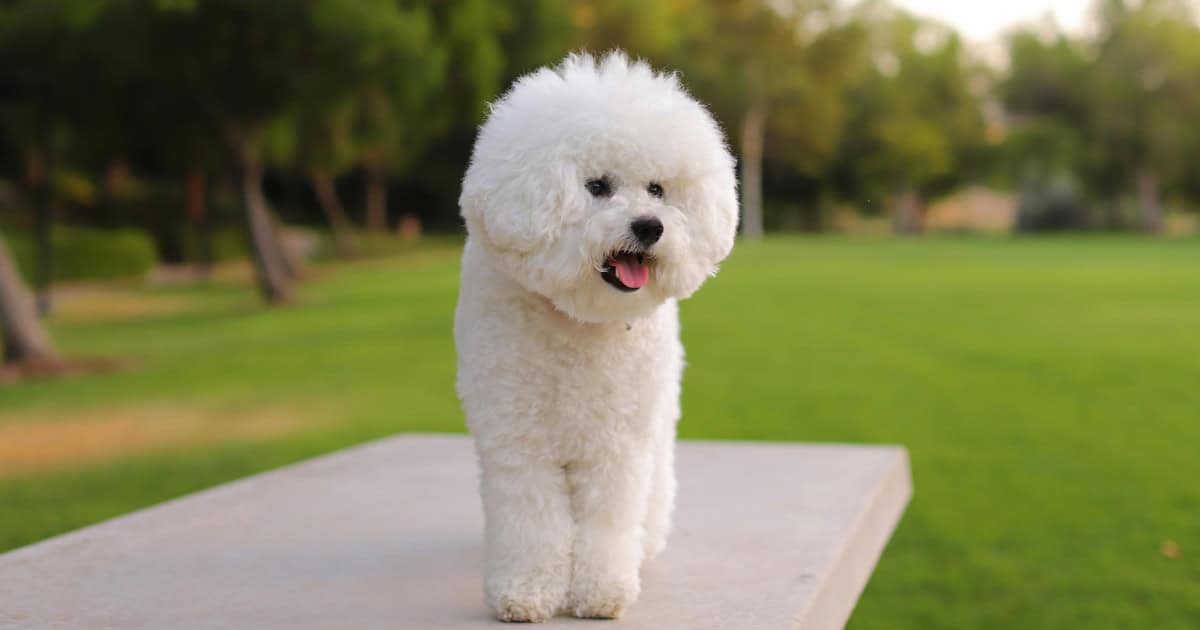 The Bichon Frise is an old breed dating back to the 14th century. This small bundle of fluff weighing 3 to 6kgs makes a great companion dog.
The Bichon Frise is an old breed dating back to the 14th century. This small bundle of fluff weighing 3 to 6kgs makes a great companion dog.
With an affectionate, gentle, and loving temperament, the Bichon Frise makes a great choice for the elderly or families with young children.
They tend not to bark a lot making them a good choice for apartment living. Make sure your Bichon Frise gets the exercise it needs (two walks a day) to stay healthy mentally and physically.
A Bichon Frise requires a lot of grooming thanks to its puff-ball double coat.
Bolognese
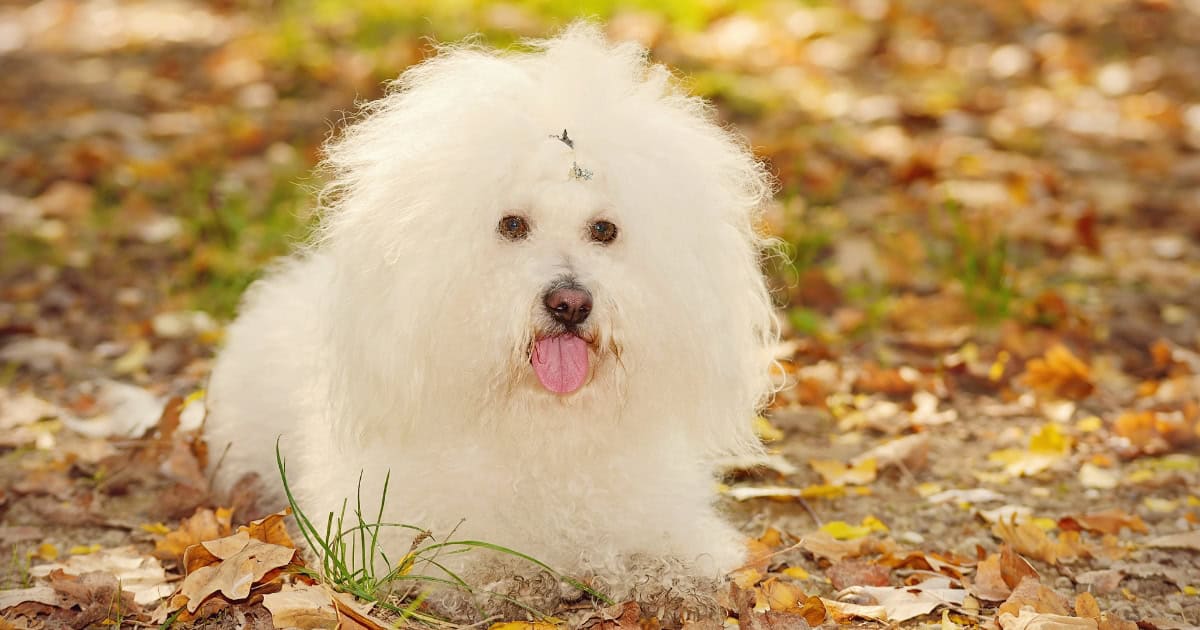 The Bolognese breed is also known as Bichon Bolognese or Bolo. They are a toy-sized breed.
The Bolognese breed is also known as Bichon Bolognese or Bolo. They are a toy-sized breed.
They have a fluffy, long, white coat, making them look like a soft cloud. They don’t shed hair so are suitable for owners with allergies. If their coat is kept long, it will need to be trimmed or tied back around the eyes. You will need to brush your Bolognese regularly.
The breed originated in Bologna, Italy. They date back to Roman times where they were owned by rich noblemen.
Modern Bolognese are relaxed and easy going. They are not overly active, with short walks or a play in the backyard being sufficient exercise. They are very suited to older people. They can become very attached to their owners and don’t like being left alone for long. Your Bolognese will need time dedicated to it. They can take a while to warm up to strangers.
Border Terrier
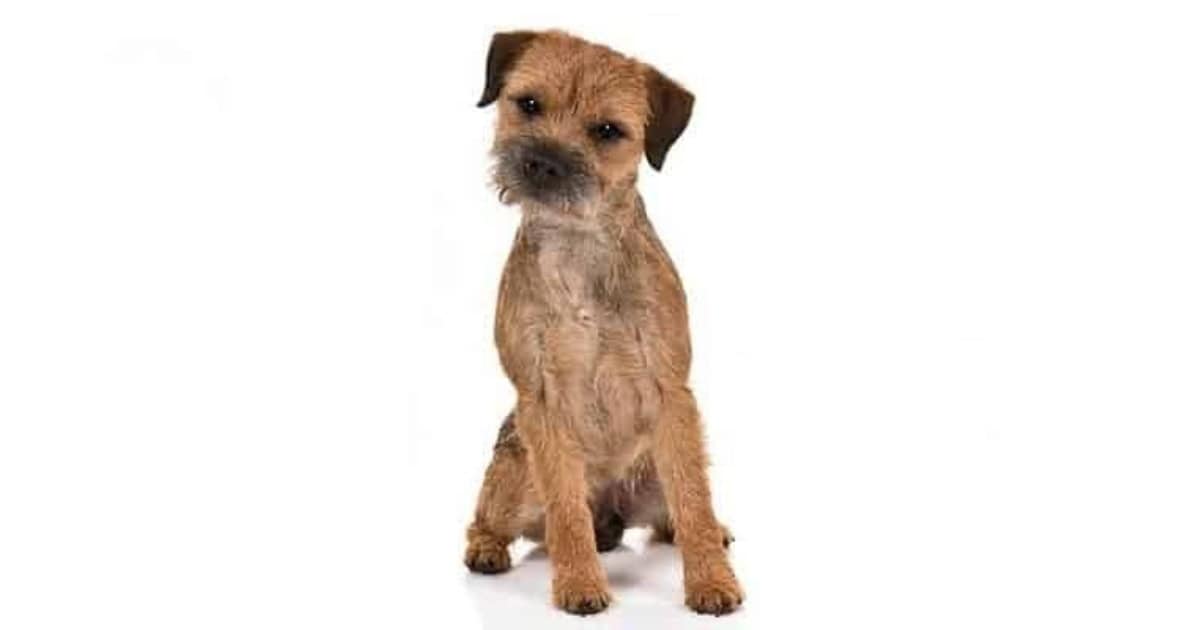 Weighing between 5 and 7kgs the Border terrier was originally bred for fox hunting but retains the loveable qualities typical of the terrier family: intelligent, loyal, affectionate.
Weighing between 5 and 7kgs the Border terrier was originally bred for fox hunting but retains the loveable qualities typical of the terrier family: intelligent, loyal, affectionate.
The short undercoat and wiry top coat means the Border terrier sheds very little so is a great choice for allergy sufferers. They love children and get on well with other dogs but may not be so tolerant of cats in the house.
Border terriers tend not to bark a lot so may be a great choice for apartments.
Boston Terrier
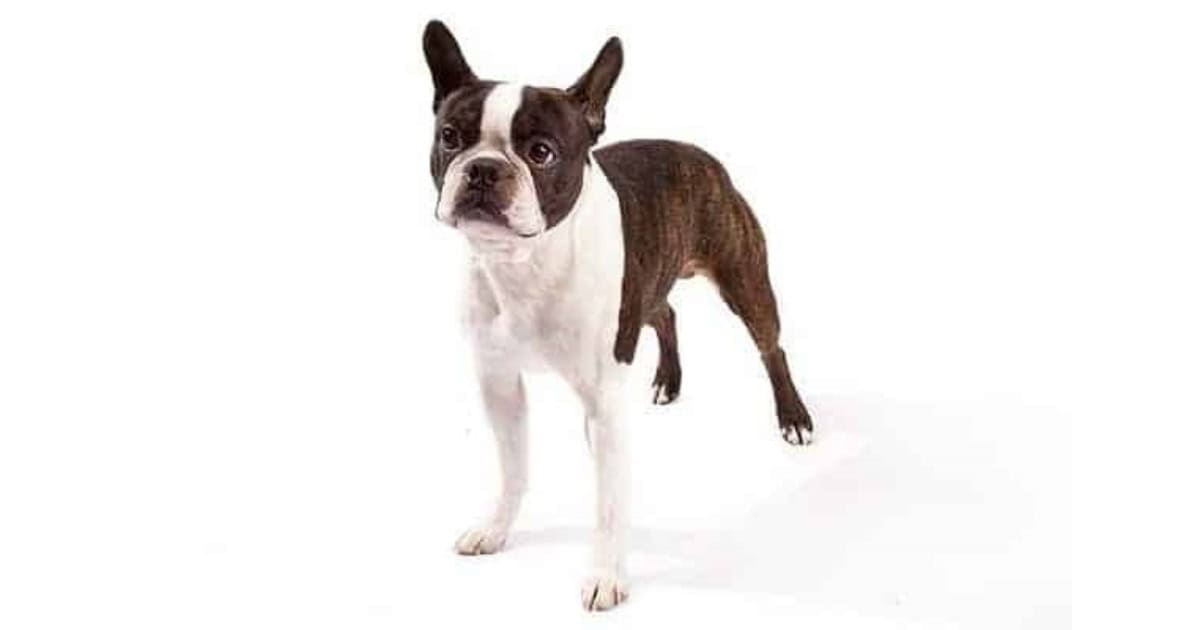 The Boston terrier is an American breed, its nickname, the ‘Little American Gentleman’ highlights its loyal, gentle, and affectionate people-loving nature. Boston terriers are quite at home as inside dogs and are very obedient.
The Boston terrier is an American breed, its nickname, the ‘Little American Gentleman’ highlights its loyal, gentle, and affectionate people-loving nature. Boston terriers are quite at home as inside dogs and are very obedient.
Their gentle nature makes them an ideal choice for young children and the elderly but you still need to establish yourself as the pack leader.
Their short hair coats tend not to shed much.
Brussels Griffon
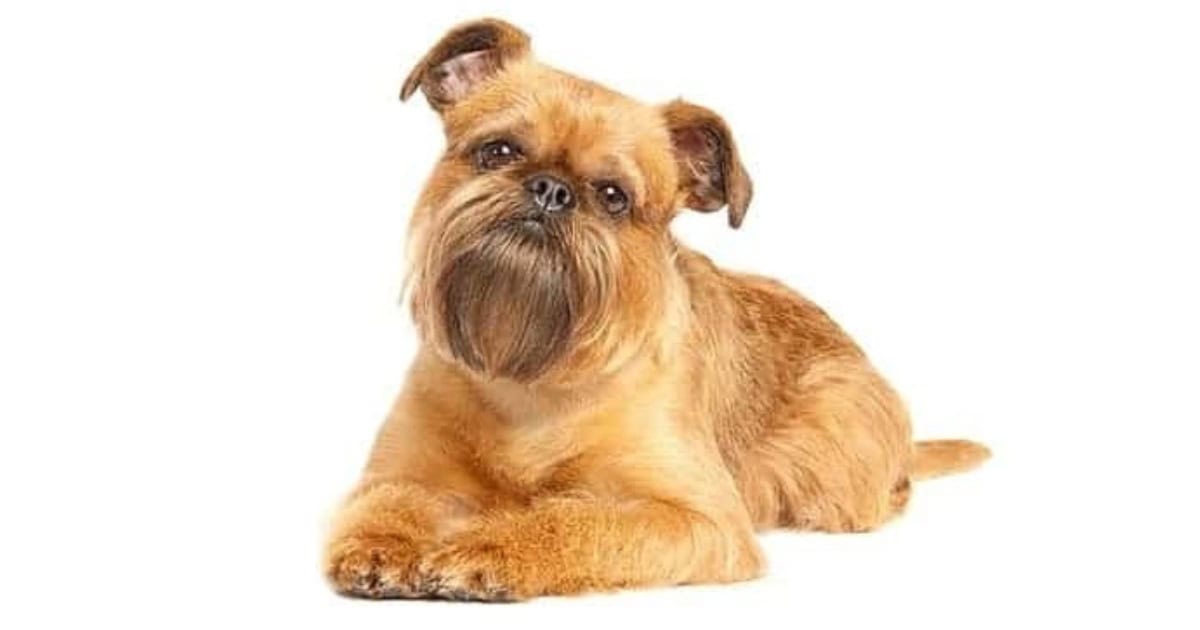 The big gorgeous eyes and beard make the Griffon appear very human-like like.
The big gorgeous eyes and beard make the Griffon appear very human-like like.
There are two variations of coat: smooth or rough but in both cases will need regular grooming. The Brussels Griffon is a small dog—around 5 kg—and although very happy as an inside dog will still need regular exercise.
They need lots of companionship and are easily trained but their sensitive nature makes them a poor choice for families with young children.
When it comes to strangers Griffons are wary and make a keen watch dog.
Cairn Terrier
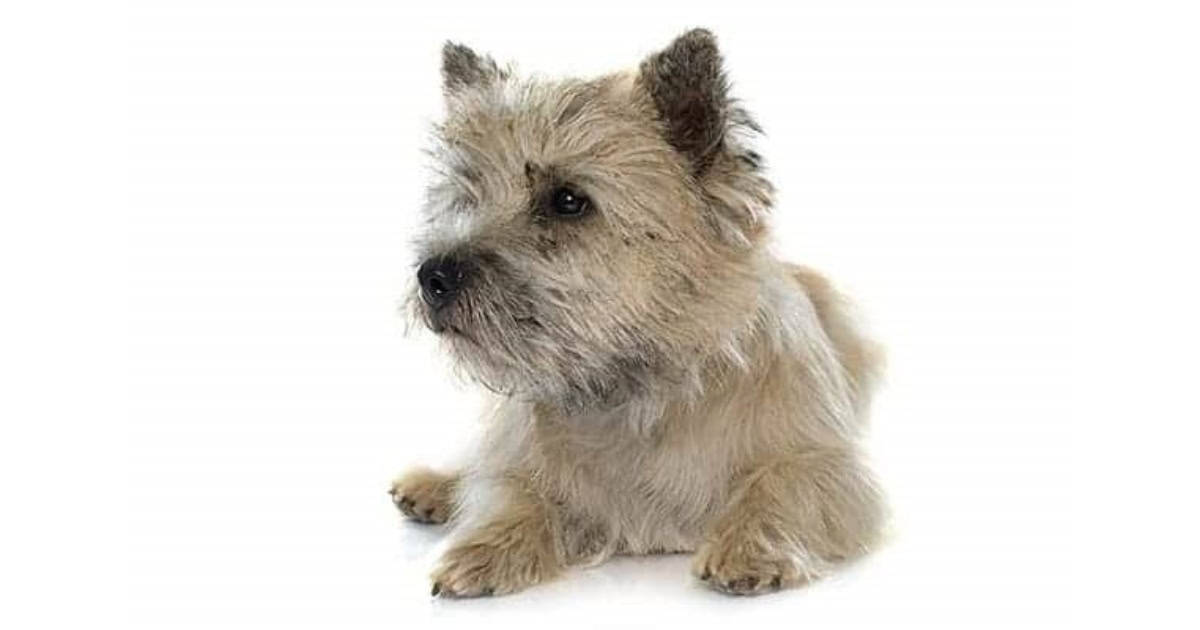 Although the Cairn terrier is a working dog it loves human companionship and will happily live indoors. Absolutely loyal and deeply affectionate, this 6 to 8kg bundle of joy is an absolute delight.
Although the Cairn terrier is a working dog it loves human companionship and will happily live indoors. Absolutely loyal and deeply affectionate, this 6 to 8kg bundle of joy is an absolute delight.
Although the wiry coat can quickly look very untidy it doesn’t shed much.
Cairn terriers can make good family pets but if annoyed will nip. Like all terriers they can be resistant to training but if you start while they are young your Cairn will become a much loved part of your household.
You need to keep them away from any smaller pets like rats and guinea pigs.
Cavalier King Charles Spaniel
 The Cavalier King Charles Spaniel has a long and trusted reputation as a very gentle, affectionate dog around children. However, as with all small dogs you need to establish the rules and maintain them.
The Cavalier King Charles Spaniel has a long and trusted reputation as a very gentle, affectionate dog around children. However, as with all small dogs you need to establish the rules and maintain them.
Fortunately they respond well to positive reward training. They are quite happy living indoors and generally get on well with other animals too.
They’re very dependent on human companionship and will become stressed if left alone, so best suit a family who is home for the majority of the day and is able to give them plenty of attention.
They can be prone to a number of health issues.
Cavoodles
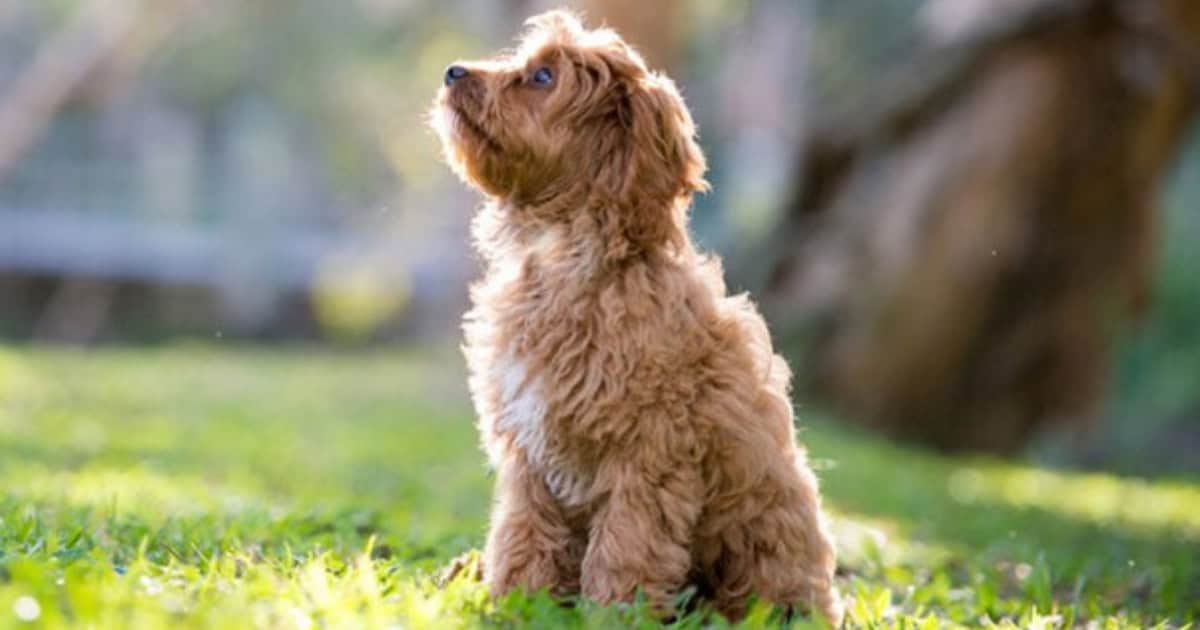 These mischievous and playful canines are the result of a cross between two purebreds, Cavalier King Charles Spaniel and miniature Poodle.
These mischievous and playful canines are the result of a cross between two purebreds, Cavalier King Charles Spaniel and miniature Poodle.
Cesky Terrier
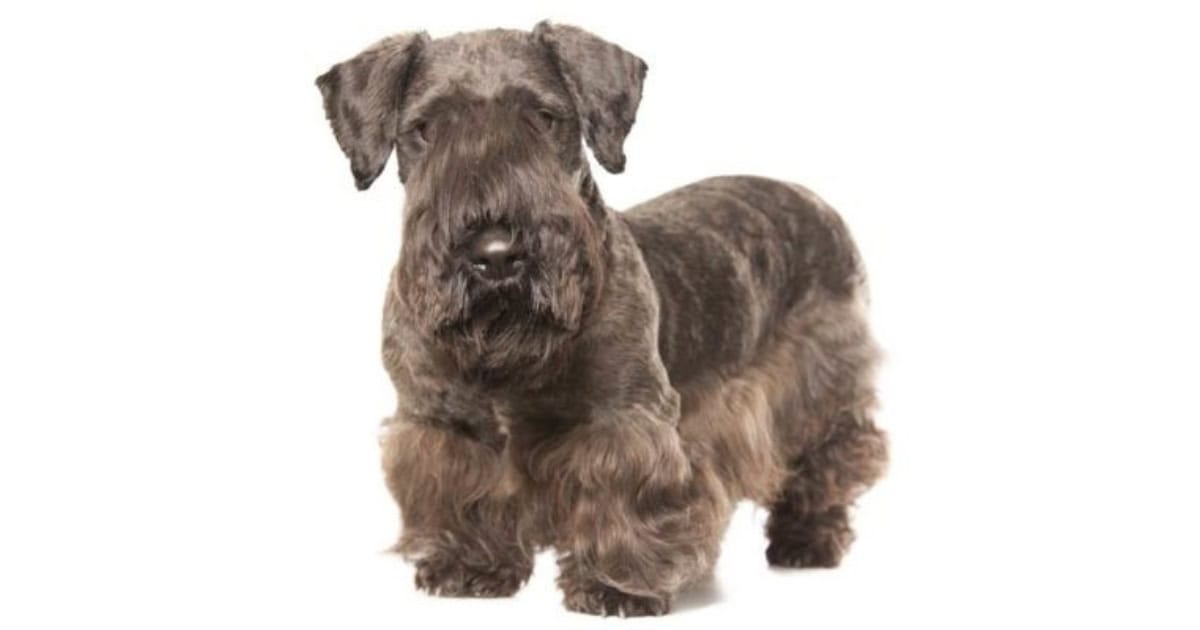 The Cesky Terrier is the Czech Republic’s national dog. It is rare to find this breed outside of Europe. It is a great breed for families with children. They are friendly and eager to please their owners.
The Cesky Terrier is the Czech Republic’s national dog. It is rare to find this breed outside of Europe. It is a great breed for families with children. They are friendly and eager to please their owners.
They have a short but long, muscular body with drop ears. Their fur is silky, wavy and grey. They distinctively have their body fur clipped and the fur on their undersides and their beard left long. This will need regular brushing to avoid tangles.
Cesky Terriers are more relaxed than many other terrier breeds. They are good watch dogs without barking excessively. Their favourite pastime is to go for a walk with their human family.
Chihuahua
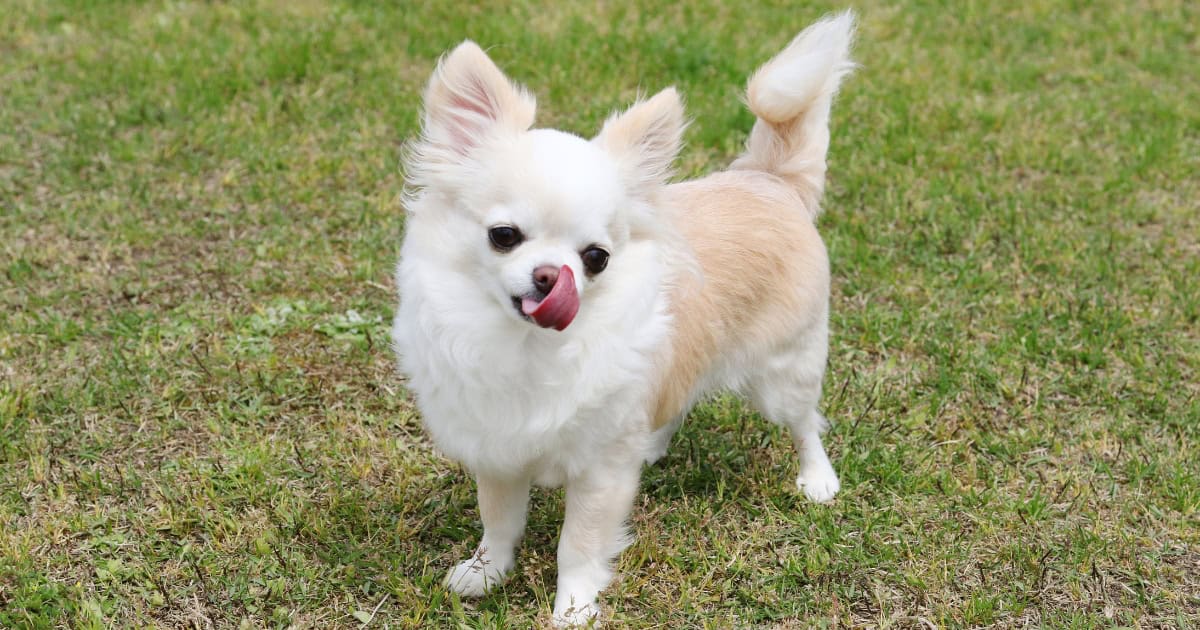 Along with being one of the smallest dog breeds, weighing on average 1-3kgs, Chihuahuas are also one of the oldest known breeds.
Along with being one of the smallest dog breeds, weighing on average 1-3kgs, Chihuahuas are also one of the oldest known breeds.
Although there is much speculation about their exact origins, most historians believe they are native to Mexico, hence being named after the Mexican state of Chihuahua.
Chihuahuas have a long body with a distinct apple shaped head and erect ears.
Don’t be fooled by their size though, these dogs pack a huge personality and love nothing more than playing with their family. Chihuahuas are a very affectionate breed towards their family, typically following their owners everywhere.
They can come in a variety of colours, in either a short or long length coat.
This breed isn’t for everyone – Chihuahuas are not recommended for homes with children under the age of eight, simply because their tiny bodies put them at high risk of injury if mishandled.
Toy breeds are very fragile and need owners prepared to keep them safe. They tend to be suspicious of strangers though, so extensive exposure to people and other animals is important.
Chinese Crested
 The Chinese Crested (sometimes nicknamed the Dr Seuss dog) is the elegant fashionista of the small dog world. It is quite an ancient breed starting life as rodent catching dogs on Chinese vessels in the Middle Ages or earlier.
The Chinese Crested (sometimes nicknamed the Dr Seuss dog) is the elegant fashionista of the small dog world. It is quite an ancient breed starting life as rodent catching dogs on Chinese vessels in the Middle Ages or earlier.
There are two versions; the hairless, sporting hair only on the head, feet, and tail and the Powder-puff which is covered in a fine silky coat.
The Chinese Crested is a really affectionate and lively little dog and will develop very strong bonds with its human family.
The hairless variety in particular causes few problems with shedding.
Coton DeTulear
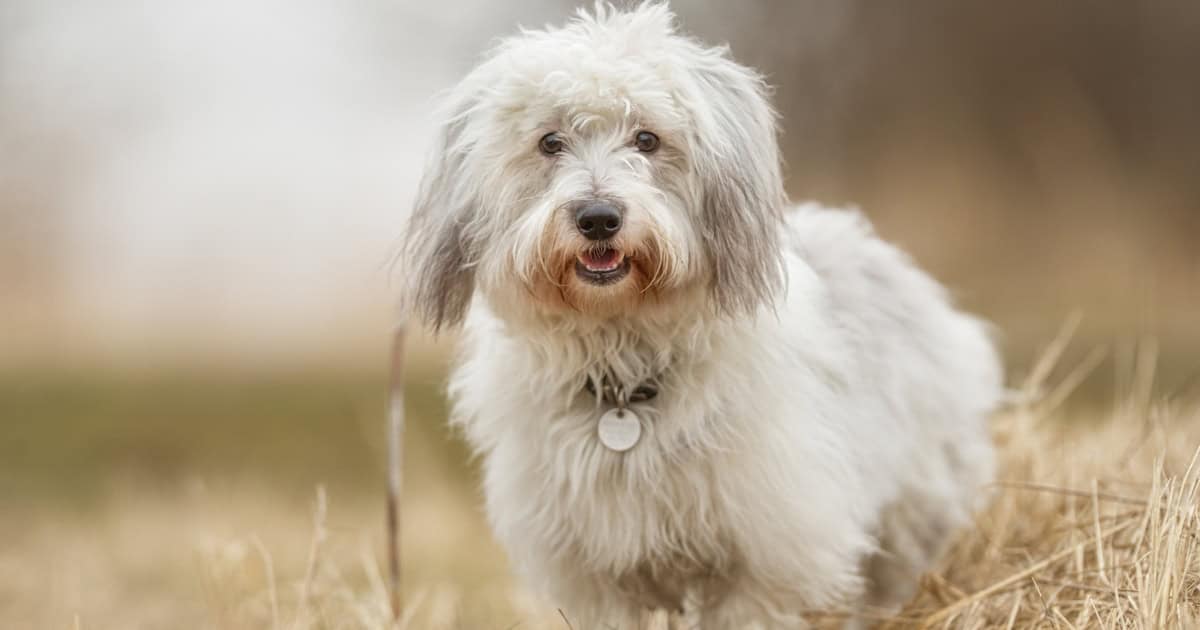 The Coton de Tulear weighs from 5.5 to 7kgs and as its name suggests has a fluffy cotton-like coat that does need regular grooming. Cotons are very gentle and love their human family.
The Coton de Tulear weighs from 5.5 to 7kgs and as its name suggests has a fluffy cotton-like coat that does need regular grooming. Cotons are very gentle and love their human family.
They need companionship and will respond well to training. Cotons shed almost no hair making them a great choice for allergy sufferers.
Cotons have a tendency to become disruptive and noisy if left alone or allowed to become bored. It’s important to curb their barking before it becomes a habit.
Dachshund
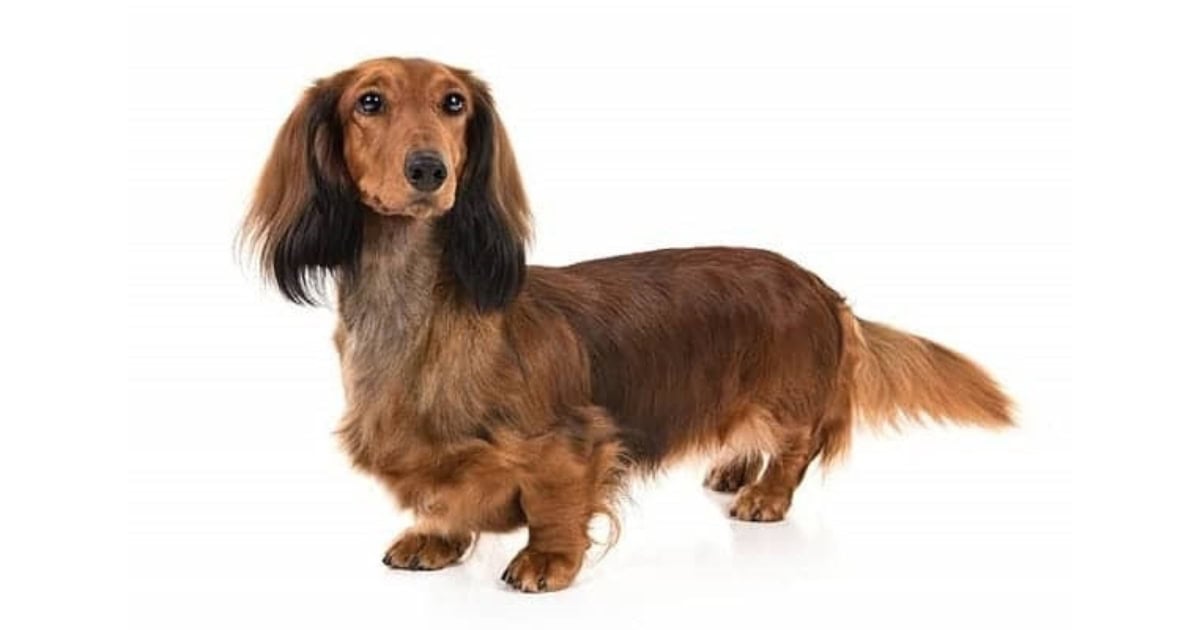 Commonly referred to as a ‘Sausage dog’, Dachshunds are a small breed dog known for their long bodies and short muscular legs. Originating in Germany, they were originally bred to hunt small animals such as rabbits and badgers.
Commonly referred to as a ‘Sausage dog’, Dachshunds are a small breed dog known for their long bodies and short muscular legs. Originating in Germany, they were originally bred to hunt small animals such as rabbits and badgers.
Because of their history they have traits similar to terriers, and love to chase and dig.
This means owners must be prepared to train their dachshunds well, give them moderate exercise, and only let them in the yard supervised unless you want tunnels all over your backyard.
Dachshunds are bred in two sizes, standard or miniature. Their coat is most commonly seen in tan, reddish-brown and black. Due to their elongated bodies they are prone to spinal problems.
Dachshunds are very loyal and make a great companion for families, typically doing well with other animals.
They’ll happy spend their days snuggling on the couch with their owner, and once trained make for a very obedient, clever pet.
English Cocker Spaniel
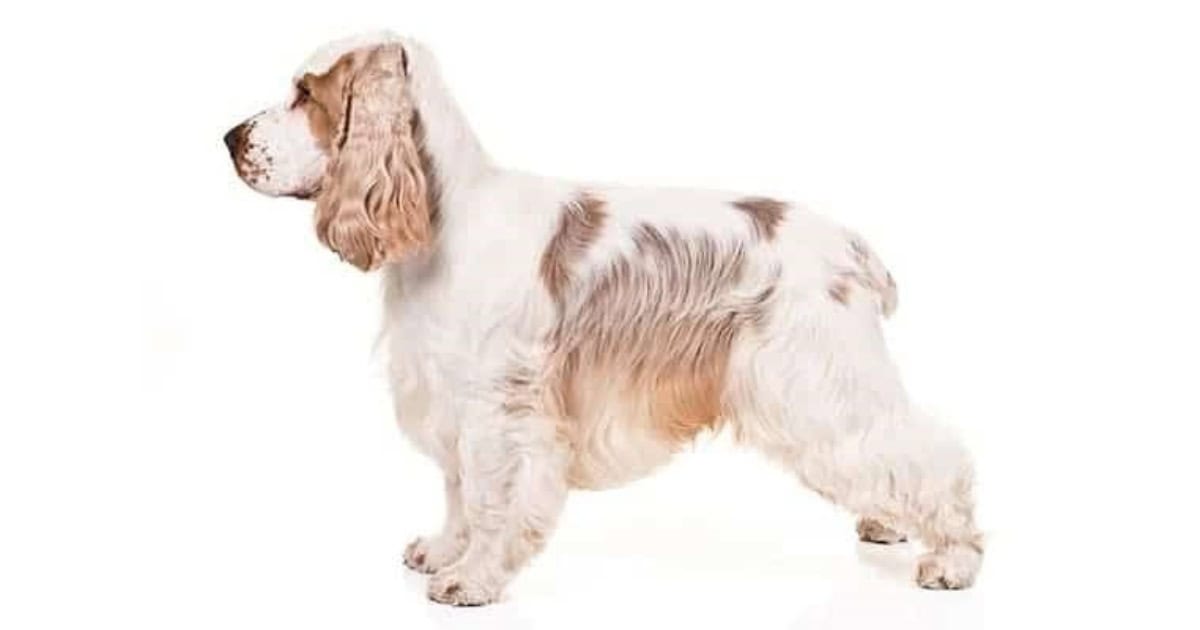 Originally bred in England for sporting purposes, the English Cocker Spaniel is a lively, playful breed that needs a good amount of exercise.
Originally bred in England for sporting purposes, the English Cocker Spaniel is a lively, playful breed that needs a good amount of exercise.
Their playful nature and sweet-natured, friendly temperament make them a hugely popular choice for many families looking for a pet to share in their energetic lifestyle.
When well-socialised, the Spaniel is a sweet-natured pet who’s friendly to everyone they meet, as well as other animals. They’re very loyal and need a good deal of companionship, and may develop separation anxiety if left alone for too long.
This breed is perfect for an owner willing to give lots of playtime and attention, particularly towards grooming its beautiful, long-haired coat.
Finnish Spitz
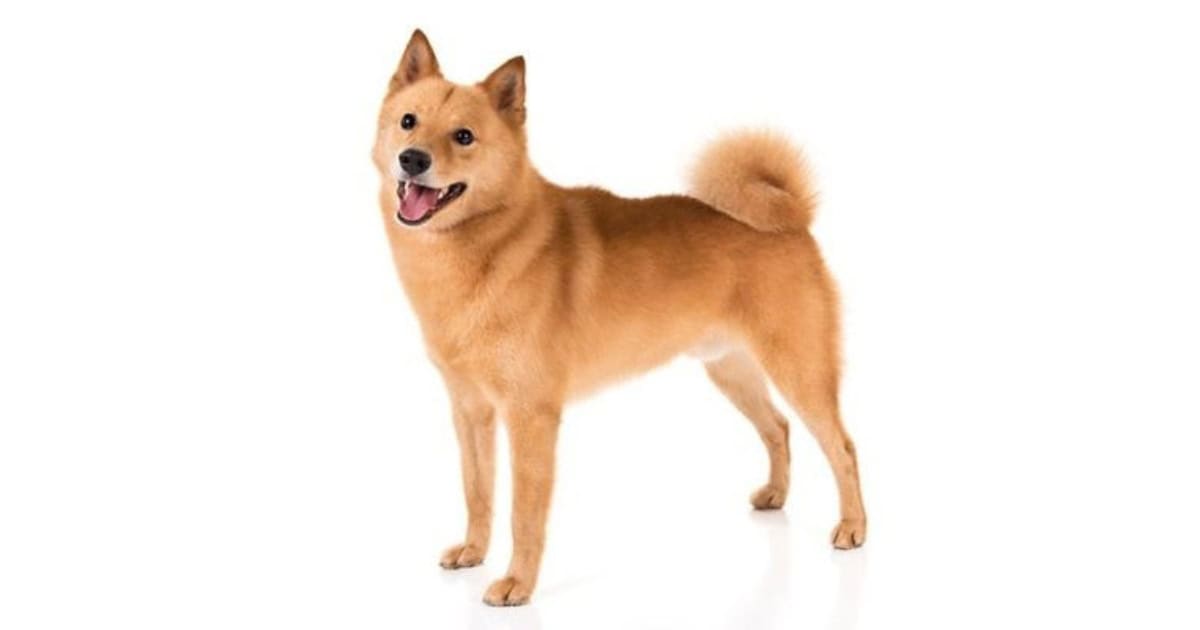 The Finnish Spitz has a fox-like appearance, with pointed ears and a curled tail. Their fur is a reddish-golden colour. The breed is known for its distinctive vocalisations and friendly nature.
The Finnish Spitz has a fox-like appearance, with pointed ears and a curled tail. Their fur is a reddish-golden colour. The breed is known for its distinctive vocalisations and friendly nature.
They are prone to obesity so be careful not to overfeed them.
The breed is from Finland, with its true Finnish name being Suomenpystykorva. It was originally bred for hunting small birds and game.
French Bulldog
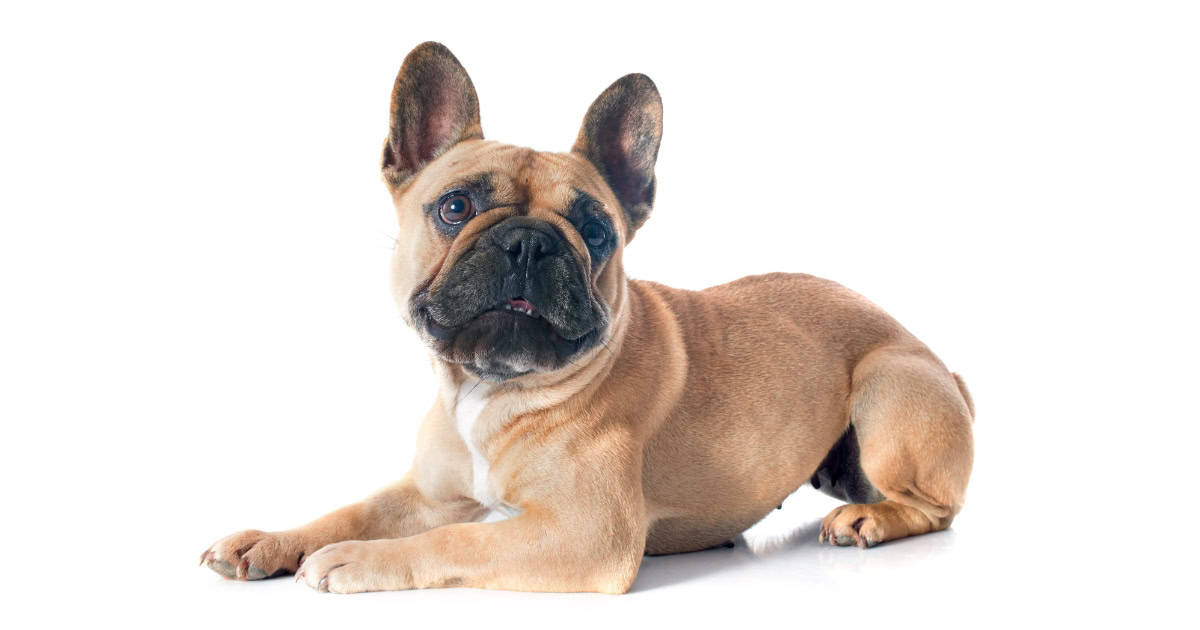 Despite their name, French Bulldogs originated in Nottingham, England.
Despite their name, French Bulldogs originated in Nottingham, England.
Lace makers are said to have developed a smaller version of the English Bulldog to use as lap dogs. Many workers relocated to France during the industrial revolution taking their dogs with them, hence the name ‘French Bulldog’.
They have a small stocky build, with a large square head, flattened face and erect bat-like ears.
Their gentle, friendly nature has made French Bulldogs one of most popular dogs in Australia. They don’t require much exercise and need to live indoors. This makes them a great choice for the elderly and for apartment living.
They are also renowned for their tolerance and gentleness with young children.
French Bulldogs have an easy going playful temperament but are prone to separation anxiety if left alone for long periods of time. They also need consistent and patient training.
Their coat is small and smooth and can be seen in a combination of colours including cream, white, fawn, brindle and black.
Groodles
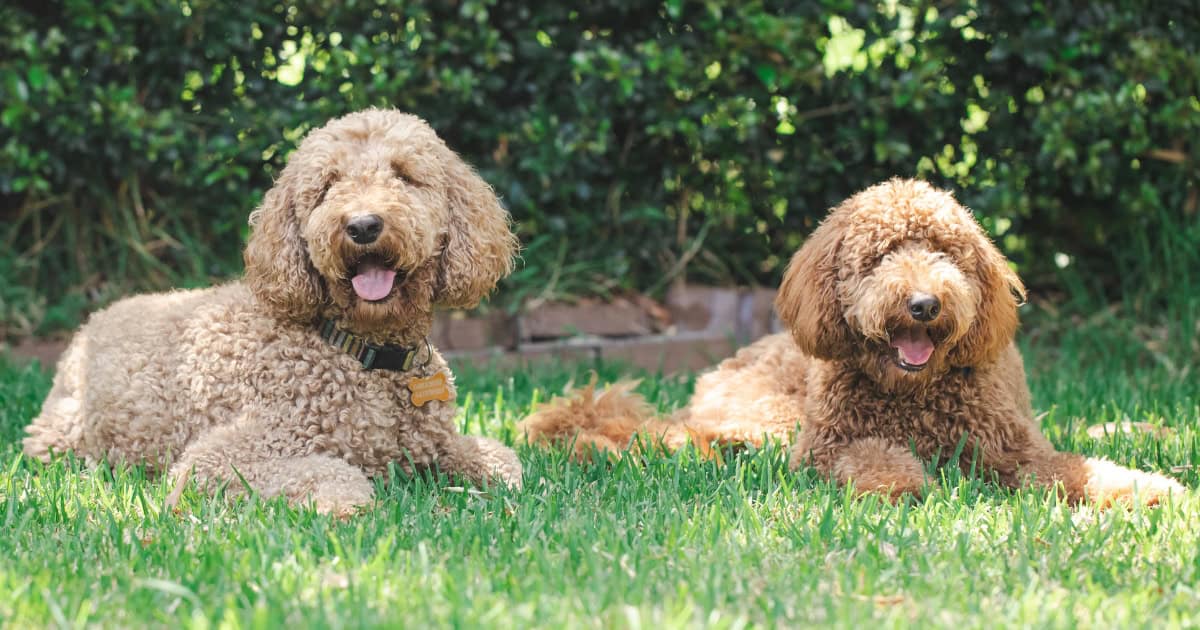 A groodle is a cross between a golden retriever and poodle, making them the perfect family pet. They are affectionate with children, all dog breeds and other pets alike.
A groodle is a cross between a golden retriever and poodle, making them the perfect family pet. They are affectionate with children, all dog breeds and other pets alike.
Havanese
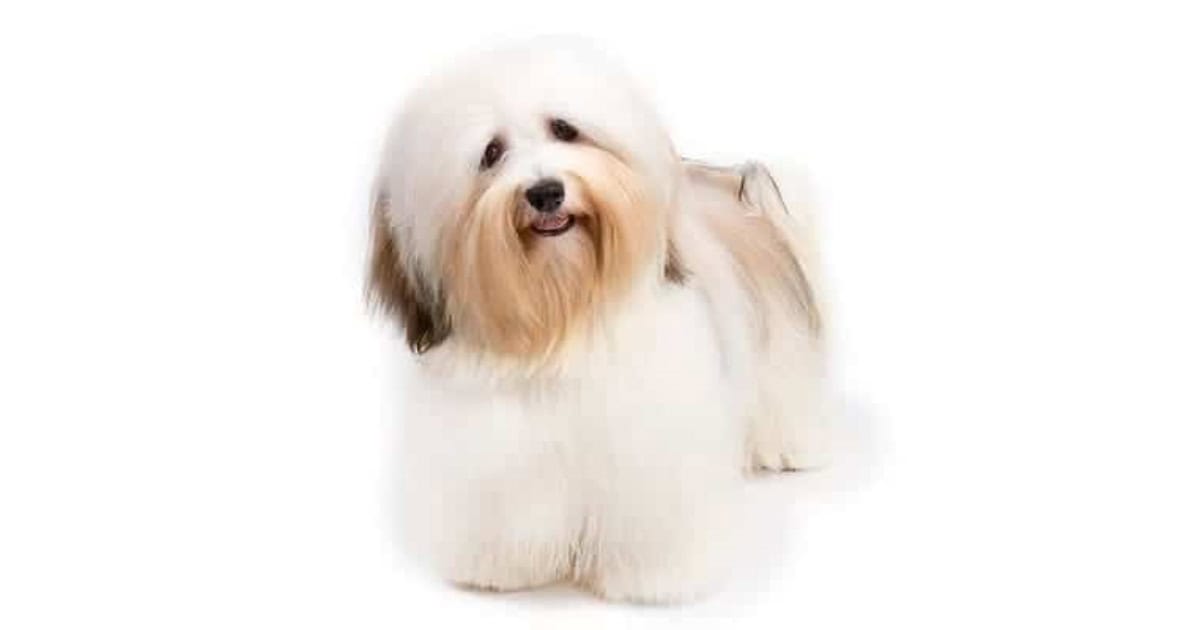 As the name suggests these delightful, cheerful little dogs come from Cuba.
As the name suggests these delightful, cheerful little dogs come from Cuba.
With their curled over tails and luscious silky thick coat they’re not only exotic but beautifully cute. Havanese love doing tricks and will keep you entertained for many long hours. They’re good watch dogs but tend not to become yappy.
They’re good with children but like most small dogs will not tolerate rough handling.
It’s important to provide adequate companionship, training, and exercise to prevent behaviour problems developing.
Italian Greyhound
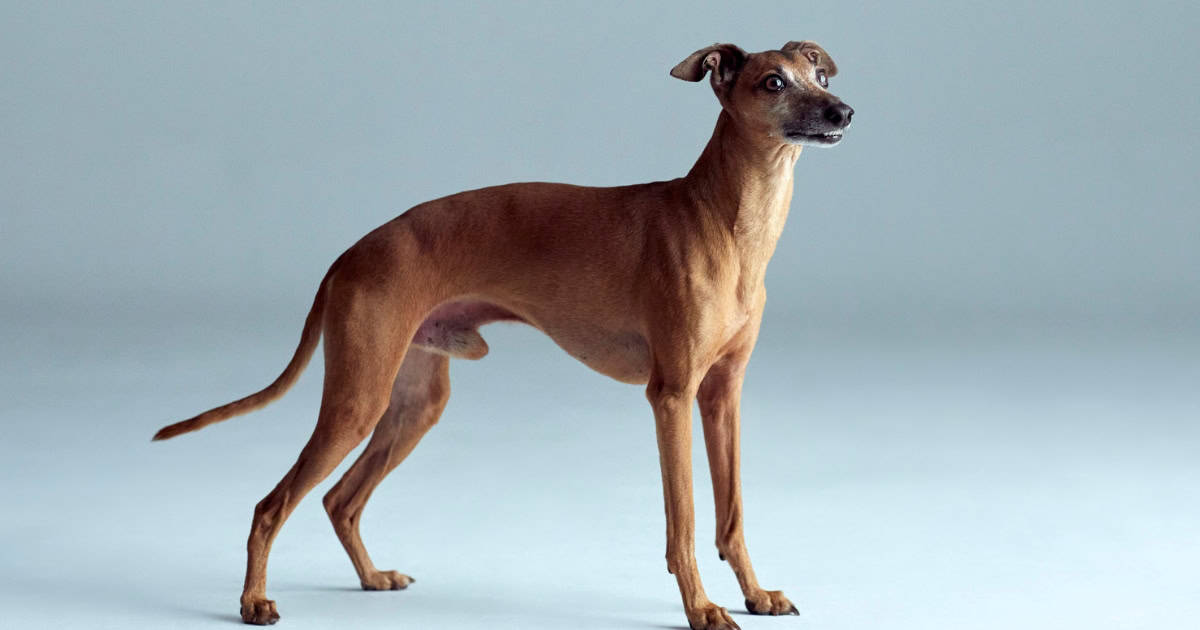 The Italian Greyhound is a highly elegant looking dog oozing aristocratic grace.
The Italian Greyhound is a highly elegant looking dog oozing aristocratic grace.
They love cuddling up in your lap or on your bed but they also adore chasing things at great speed. They are agile and affectionate and really need to be kept inside most of the time.
Only weighing between 3 and 5 kgs Italian Greyhounds’ fine bone structure means they are not cut out for the rough and tumble play of small children.
Their very short, low-shed coat makes them a great choice for allergy sufferers.
Jack Russell Terrier
 Small and energetic, the Jack Russell Terrier originated in England from dogs bred by Reverend John Russell to hunt small game.
Small and energetic, the Jack Russell Terrier originated in England from dogs bred by Reverend John Russell to hunt small game.
Featuring a predominantly white coat with markings or black or brown, Jack Russells can have one of three different coat varieties, rough, smooth or broken.
Known for their ability to climb and jump great heights, adequate fencing is vital.
Despite their small size they still require a long brisk walk daily as well as plenty of mental stimulation.
Japanese Spitz
 The Japanese Spitz features a luxurious long haired coat over the top of a dense undercoat. Although they have a similar appearance to the Pomeranian the Spitz is a little larger weighing in at 5 to 10kgs.
The Japanese Spitz features a luxurious long haired coat over the top of a dense undercoat. Although they have a similar appearance to the Pomeranian the Spitz is a little larger weighing in at 5 to 10kgs.
These dogs crave attention and are a good choice for families with young children. They are active, agile, intelligent, and respond well to training.
They do need daily exercise to avoid the behaviour problems associated with boredom.
Japanese Chin
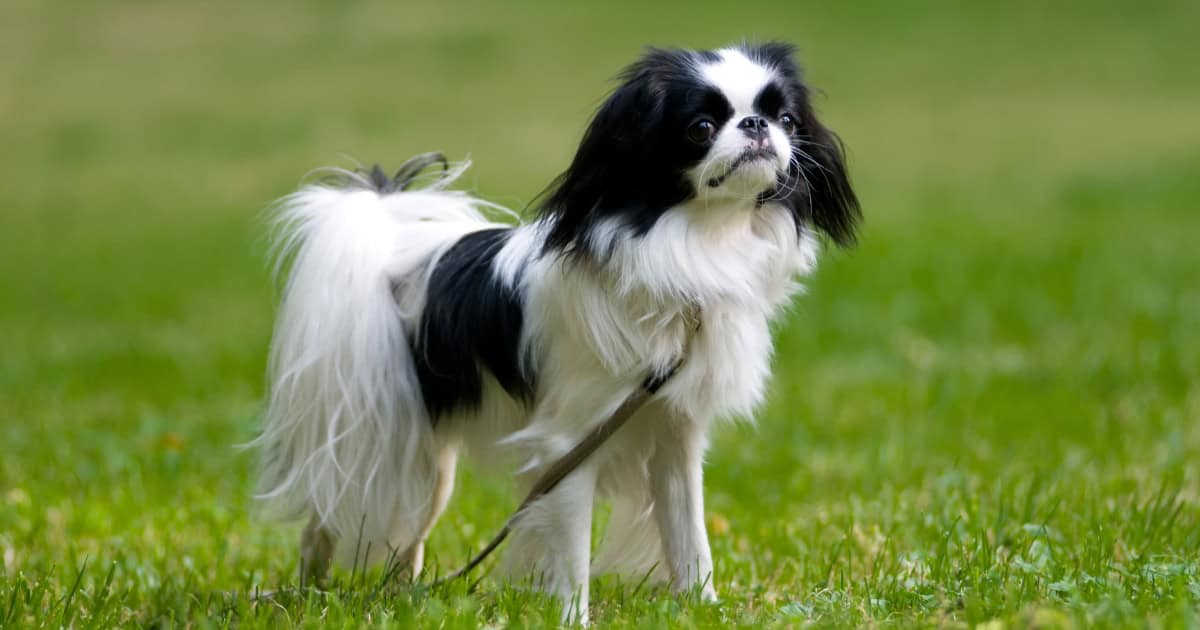 The Japanese Chin is a tiny dog with a very regal bearing. It was bred as a companion dog for royalty.
The Japanese Chin is a tiny dog with a very regal bearing. It was bred as a companion dog for royalty.
Its incredibly profuse silky coat covers the entire body including most of the face leaving the large eyes looking out at the world in a very bemused way.
The Japanese Chin displays a very cat-like nature including a tendency to climb, rest in high places, and clean itself. The Chin does shed a reasonable amount and will require regular grooming.
Lakeland Terrier
 Originally bred to protect sheep from foxes in the Lakes District, U.K. these dogs have heaps of personality and energy.
Originally bred to protect sheep from foxes in the Lakes District, U.K. these dogs have heaps of personality and energy.
They carry themselves with a real loveable swagger. It has a wiry dense, bushy coat over the top of a soft undercoat and yet sheds very little hair.
Regular grooming will help keep the coat looking its best. The Lakeland loves children and is generally alert and gentle. But they do need consistent training and exercise.
They’re very smart so training should not be repetitive because they will get bored easily.
Lhasa Apso
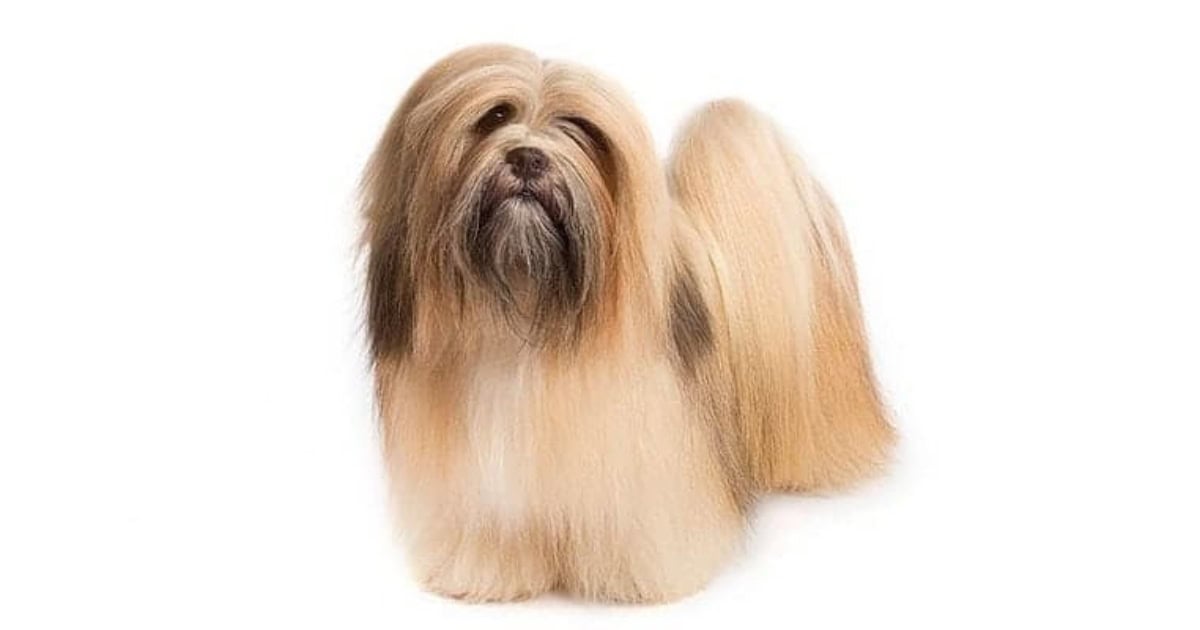 The luxuriously long and silky coat hides a dog straight out of the ancient mysteries of the Himalayas.
The luxuriously long and silky coat hides a dog straight out of the ancient mysteries of the Himalayas.
It’s named after Lhasa, the capital of Tibet, and they were originally used as guard dogs in the monasteries. Despite the lavish coat Lhasas tend not to shed much hair.
They are very intelligent lively dogs but are not suited for families with young children. This is because they can be very possessive, wilful, and do not tolerate teasing or rough handling.
Maltese
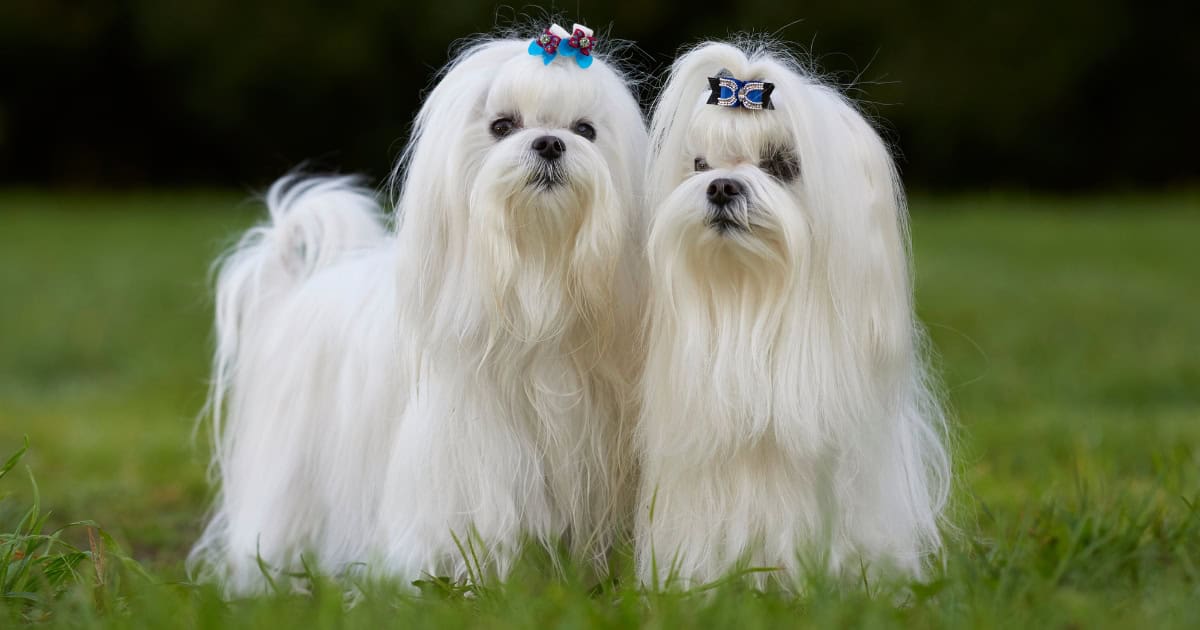 As the name suggests, Maltese Terriers originated in the Isle of Malta from a combination of Spaniel, Poodle and Spitz dogs. They are a small breed usually weighing 3-4 kgs.
As the name suggests, Maltese Terriers originated in the Isle of Malta from a combination of Spaniel, Poodle and Spitz dogs. They are a small breed usually weighing 3-4 kgs.
Their white silky fur is hypoallergenic making them ideal pets for people with allergies. They are ideal as indoor dogs, only requiring a short daily walk.
Thriving on company, they are a significant barker if left alone for long amounts of time.
Maltese ShihTzu
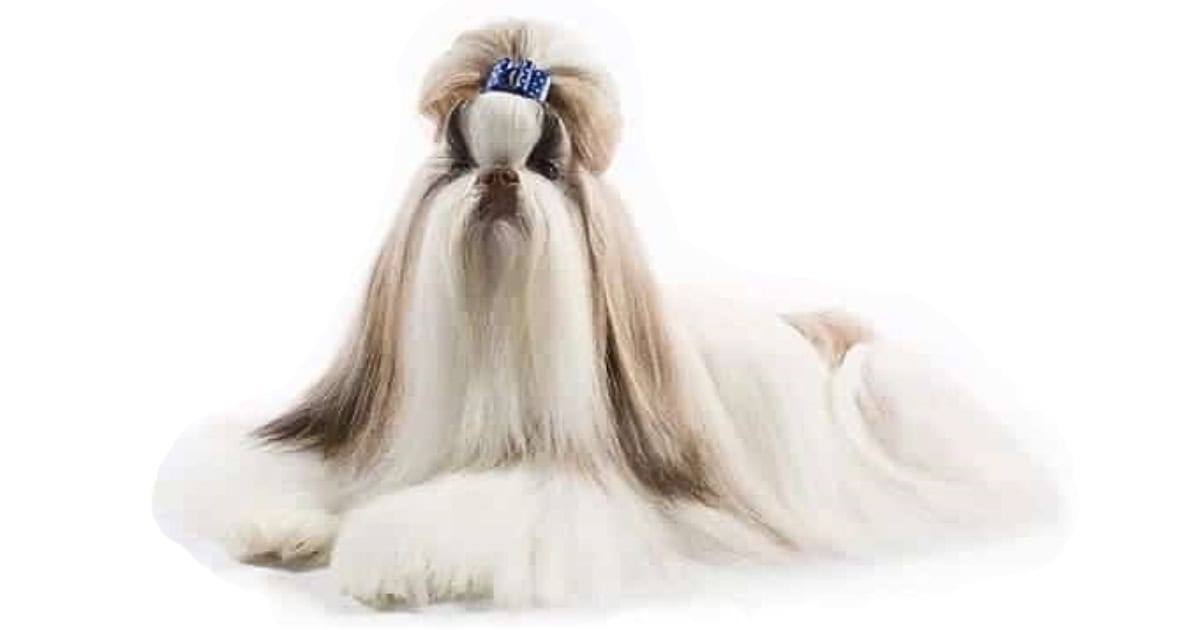 The Maltese Shih Tzu has made a name for itself throughout Australia as a highly popular cross-breed dog. They have a very gentle, peaceful nature but love to play.
The Maltese Shih Tzu has made a name for itself throughout Australia as a highly popular cross-breed dog. They have a very gentle, peaceful nature but love to play.
They are a great choice for families with young children. Like many small dogs the Shih Tzu’s need for attention and interaction can spill over into behavioural problems if it becomes lonely or bored.
Although they look like a fluffy bundle they only shed moderate amounts of hair.
Maltipoo
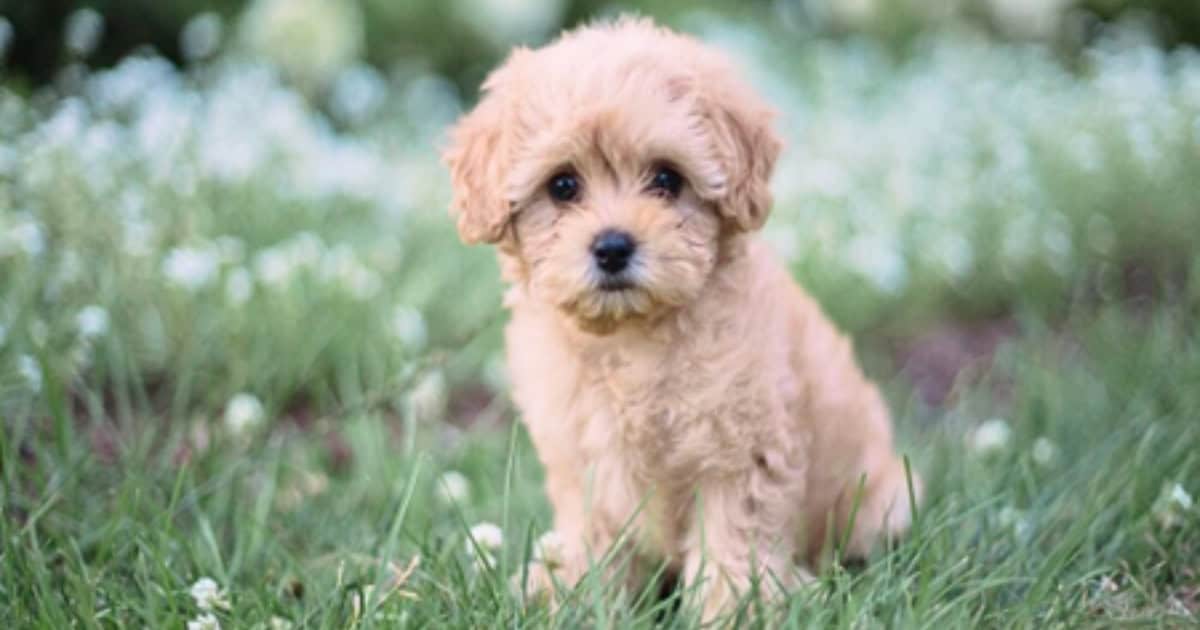 The Maltipoo is a crossbreed that combines the loving and devoted nature of the Maltese with the intelligence and easy-going temperament of poodle.
The Maltipoo is a crossbreed that combines the loving and devoted nature of the Maltese with the intelligence and easy-going temperament of poodle.
Manchester Terrier (standard and toy)
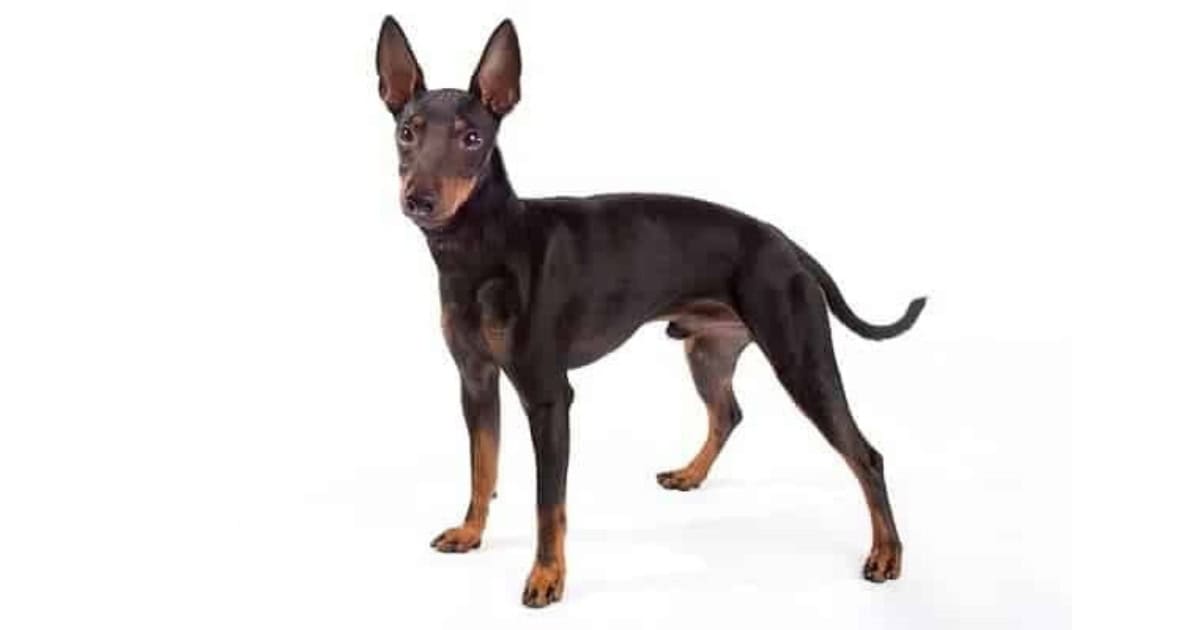 The Manchester terrier (toy) is a miniature version of the standard Manchester terrier and displays all the same features as its larger sibling.
The Manchester terrier (toy) is a miniature version of the standard Manchester terrier and displays all the same features as its larger sibling.
Manchester terriers combine real athletic running ability with all the usual terrier hunting instincts.
The standard Manchester weighs up to 10 kgs while the toy version comes in at around 5.5 kgs. Their short hair coats require minimal grooming but they do shed hair in moderate amounts.
They are highly intelligent and respond well to training and obedience challenges.
Miniature Fox Terrier
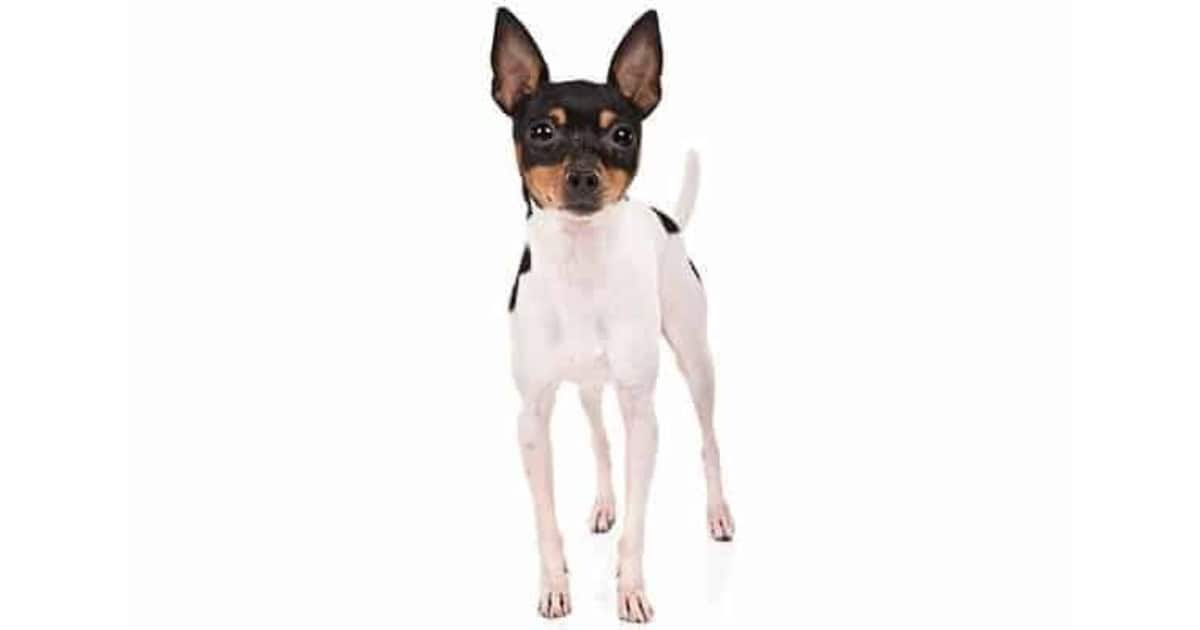 The Miniature Fox terrier (or Mini Foxie) is an Australian breed. Their hunting instincts, fearlessness, and alertness stand them in good stead as watch dogs.
The Miniature Fox terrier (or Mini Foxie) is an Australian breed. Their hunting instincts, fearlessness, and alertness stand them in good stead as watch dogs.
They love their human family, and are loveable and readily trained in return. They make wonderful playmates with older children but their hunting instincts may make them unsuitable if you have other small pets such as guinea pigs or mice.
Miniature Pinscher
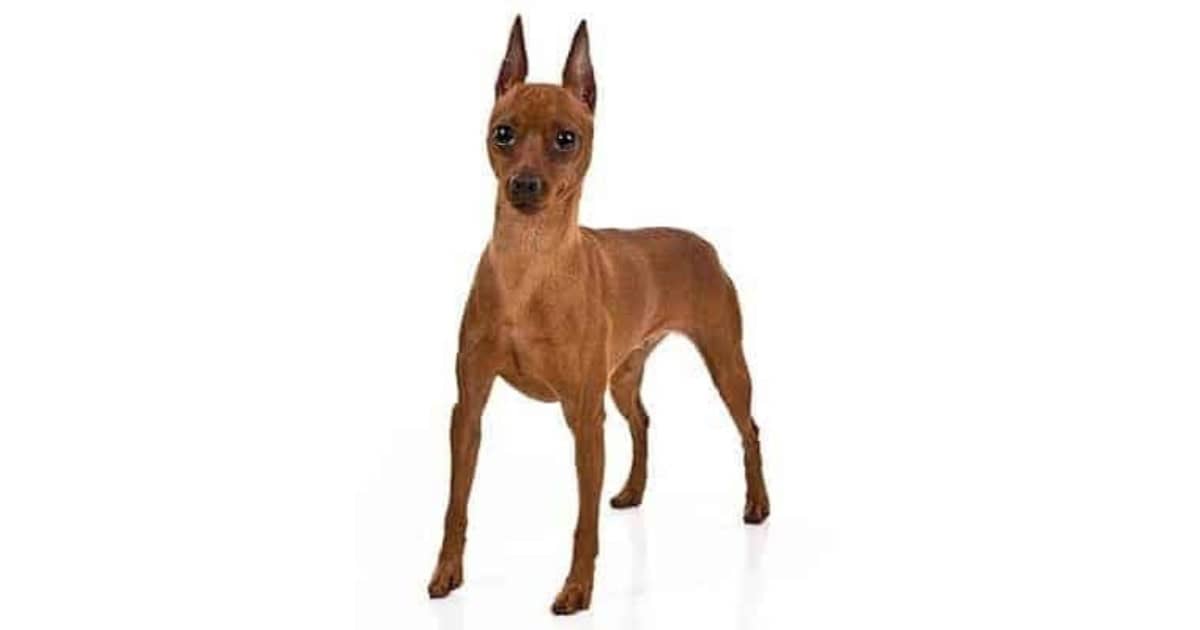 The miniature Pinscher (sometimes known as the King of Toys) is a dog that carries itself with real confidence. Their high-stepping gait is something like that of a horse on the trot.
The miniature Pinscher (sometimes known as the King of Toys) is a dog that carries itself with real confidence. Their high-stepping gait is something like that of a horse on the trot.
They make wonderful guard dogs and will stand up to perceived intruders with a fearless courage way beyond their size. They are intelligent but their independent streak can make them resistant to training.
They need an experienced dog handler and this may make them unsuitable for families with young children.
Miniature Schnauzer
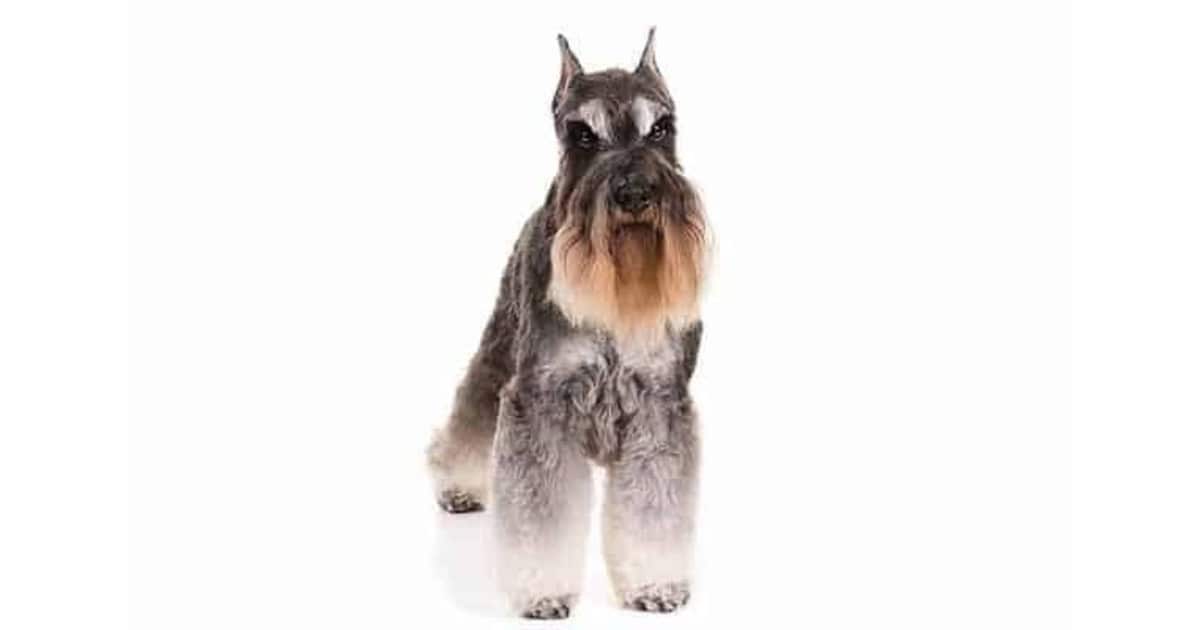 Miniature Schnauzers may be small but what they lack in size they make up for in personality. Highly intelligent and curious and with their hunting instincts still very much intact they need consistent training.
Miniature Schnauzers may be small but what they lack in size they make up for in personality. Highly intelligent and curious and with their hunting instincts still very much intact they need consistent training.
They are somewhat wilful and so this may be a challenge. They do tend to bark a lot if they get bored. They need lots of exercise but are also love to be indoors around their humans.
They are good with children. They shed very little hair.
Norfolk Terrier
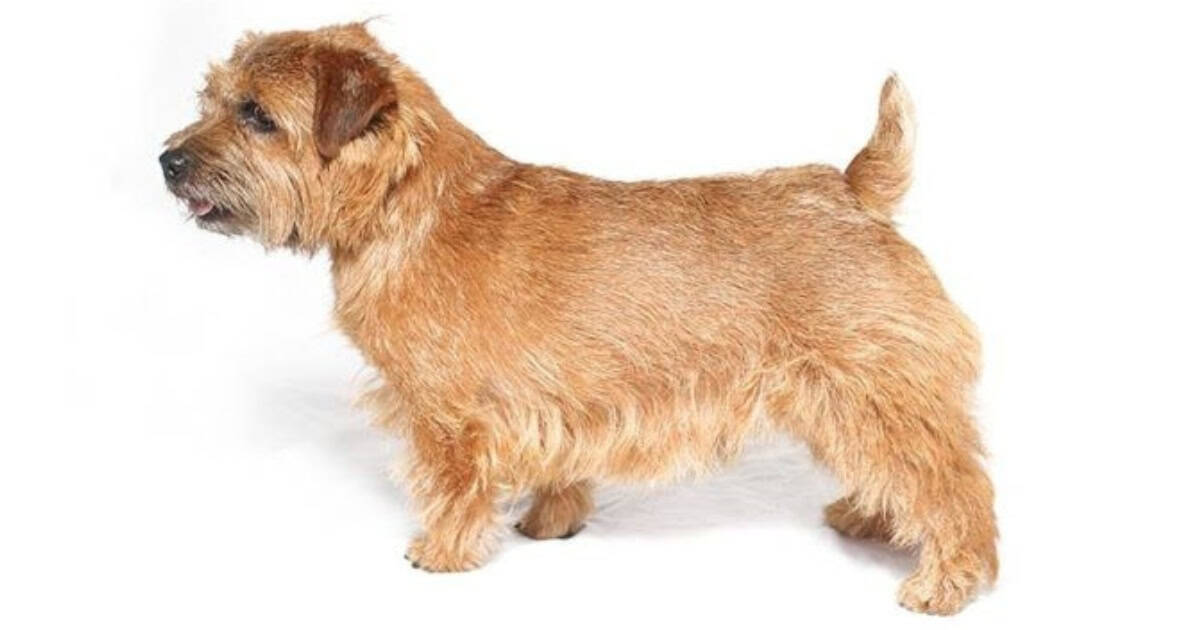 The Norfolk Terrier is a confident and excitable breed. They love to be around people and other dogs.
The Norfolk Terrier is a confident and excitable breed. They love to be around people and other dogs.
They are one of the smallest terrier breeds at 10 inches tall. They have a double coat – a wiry, straight outercoat and a soft undercoat.
They have folded ears. This differentiates them from the Norwich Terrier which has pointy ears. Until 1979, they were considered different versions of the same breed. Both were originally bred to hunt rodents and foxes in the early 20th century.
Norwich Terrier
 Norwich terriers possess all the usual feisty characteristics of the terrier family.
Norwich terriers possess all the usual feisty characteristics of the terrier family.
They are intelligent, high octane dogs that need lots of interaction with their human owners. Norwich terriers are highly affectionate and love children but they may harass other smaller pets such as mice or Guinea pigs.
Their coat is short and wiry and they do shed hair and require frequent grooming. Their independent streak can make them a little domineering and it’s important that you train them and keep them occupied because of this.
Papillion
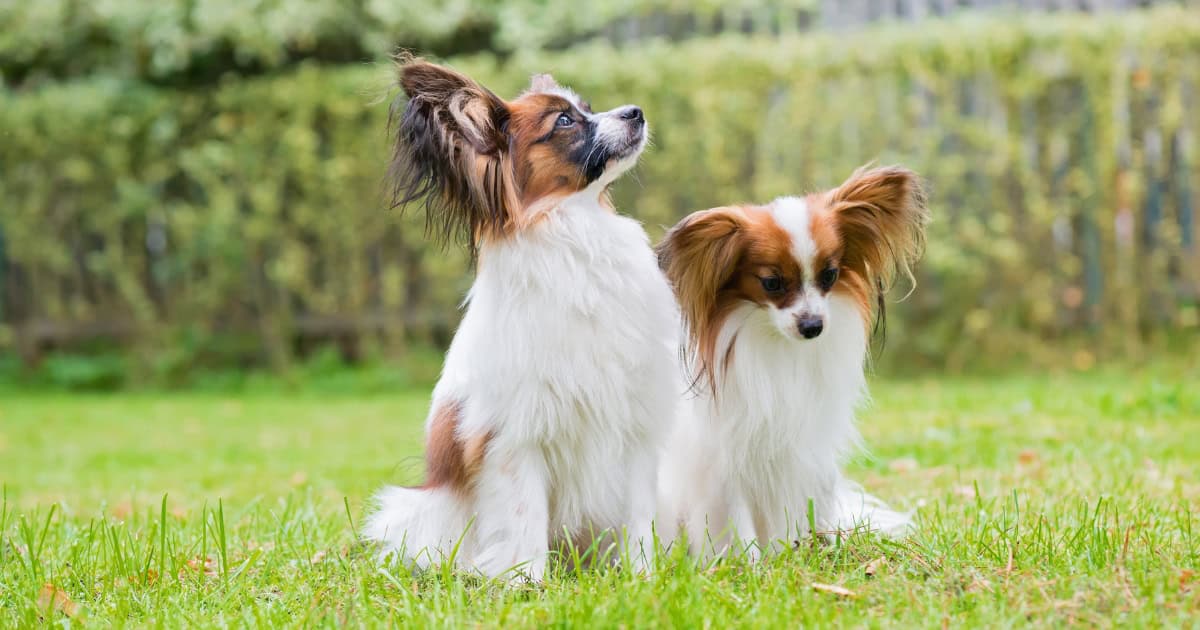 The Paillion (French for butterfly) takes its name from its butterfly wing shaped ears.
The Paillion (French for butterfly) takes its name from its butterfly wing shaped ears.
This tiny bundle of joy weighs between 3 to 5 kgs but is full of life and alert intelligence. They love human companionship, make wonderful family pets, and are easily trained.
In fact, Papillions will love learning all sorts of new tricks and excel in agility and obedience competitions. They do shed reasonable large quantities of hair and need regular grooming.
Parson Russell Terrier
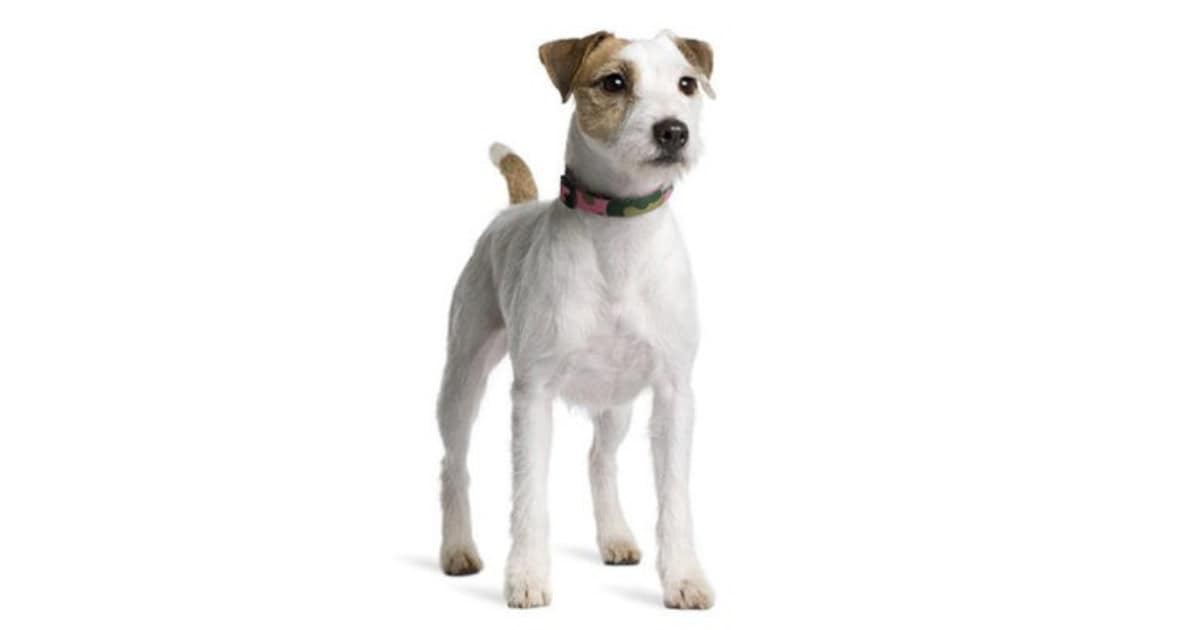 The Parson Russell Terrier is very similar to the Jack Russell Terrier, with more energy, longer legs and a higher tendency to want a job to do.
The Parson Russell Terrier is very similar to the Jack Russell Terrier, with more energy, longer legs and a higher tendency to want a job to do.
They can have a smooth or rough coat. They are white with coloured markings in either brown, black, tan, cream or tri-colour.
They were first bred in England in the mid-1800 to hunt foxes. They were prized for their speed and fearlessness in digging foxes out of their holes. The breed was named in honour of Reverend John Russell who was known for his passion of fox hunting for sport.
Parson Russell Terriers are friendly and love to play. They will need to be exercised often. Modern Parson Russell Terriers still have some hunting instincts so always walk yours on a leash.
Pekingese
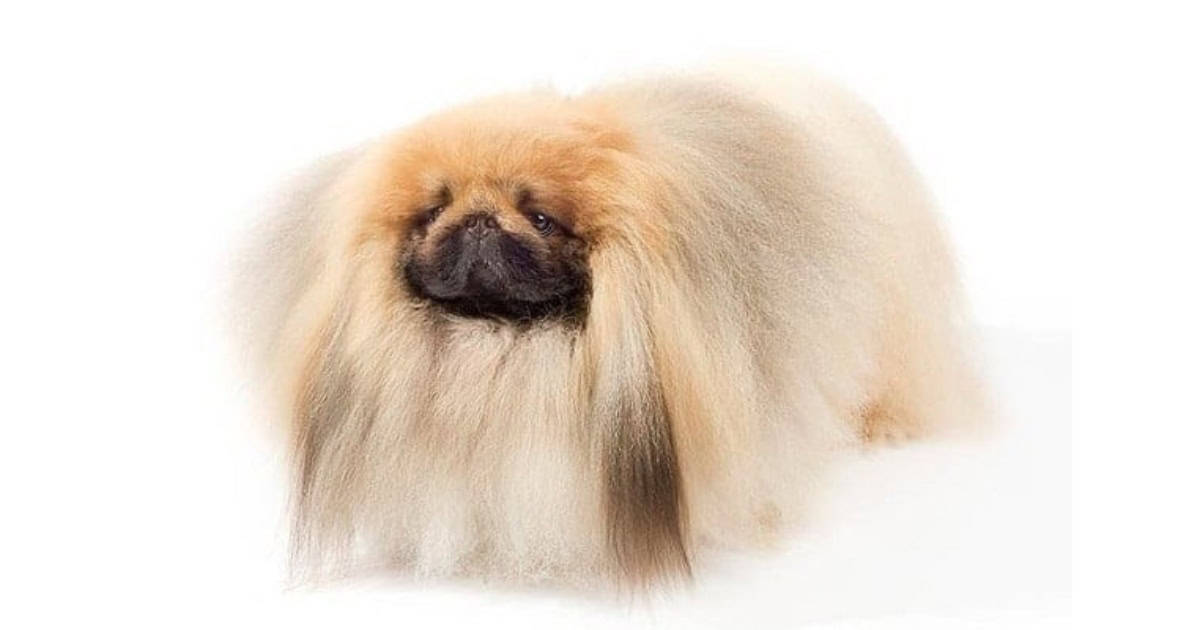 Looking like a cross between a lion and a dog, Pekinese are one of the oldest domesticated dogs.
Looking like a cross between a lion and a dog, Pekinese are one of the oldest domesticated dogs.
Their existence has been recorded as far back as 2,000 years in China. Pekinese may not be a good choice for allergy sufferers because they shed a lot of hair.
They are very affectionate dogs and they make great companions for the elderly or for those in live in apartments because they don’t need a lot of exercise.
They are very loving and easily trained but may not be the best choice for homes with small children. They also tend to have some health issues.
Petit Basset Griffon Vendéen
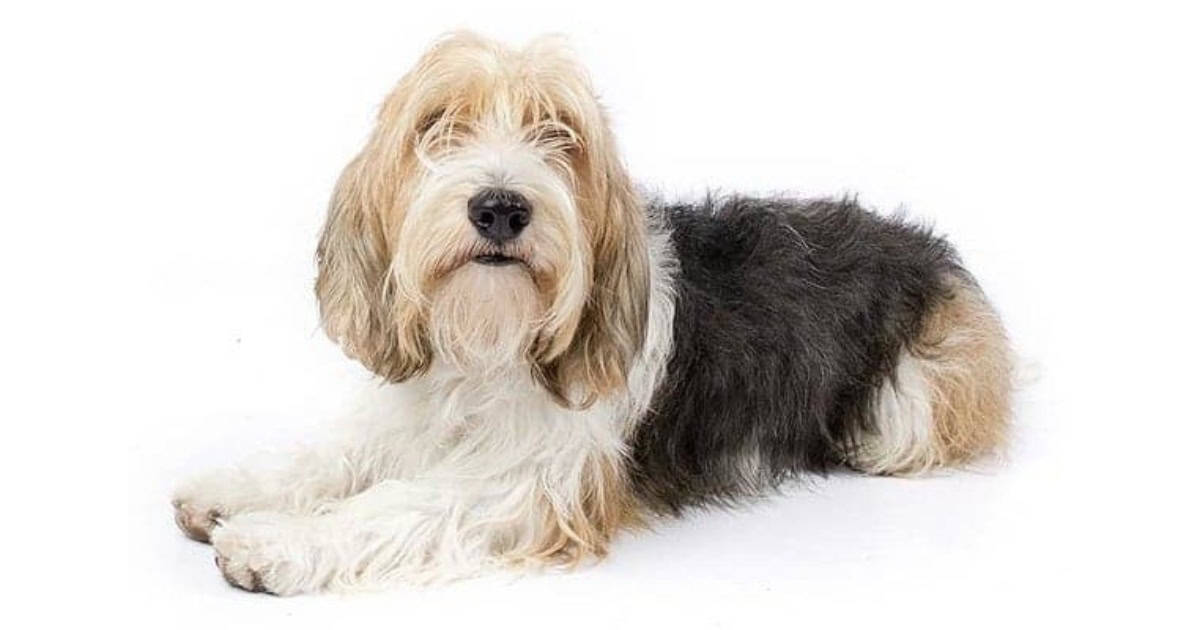 This member of the hound family comes from France where it was bred for hunting rabbits.
This member of the hound family comes from France where it was bred for hunting rabbits.
They have rough, shaggy coats and with their compact solid body weigh as much as 18 kgs. This hound is very extrovert, tough and courageous.
Its bark is likewise powerful and the PBGV will certainly let you know it.
These dogs are strong minded, love to dig, and frequently become accomplished escape artists; probably not the best choice for apartment living or those who cannot give it the training and exercise it needs.
Pomeranian
 Developed from a mix of Spitz breeds in the region of Pomerania between Germany and Poland, Pomeranians were originally bred for use as sheep herders.
Developed from a mix of Spitz breeds in the region of Pomerania between Germany and Poland, Pomeranians were originally bred for use as sheep herders.
Historically they weighed 12-14kgs, with the modern breed now weighing on average 2-4kgs.
Known for their fox like face, they have a thick and fluffy coat which forms a ruff of fur around the neck. The most common coat colours include cream, black, brown, red, orange or any combination of these.
Although they don’t require a great deal of exercise, their coat requires regular grooming.
Pug
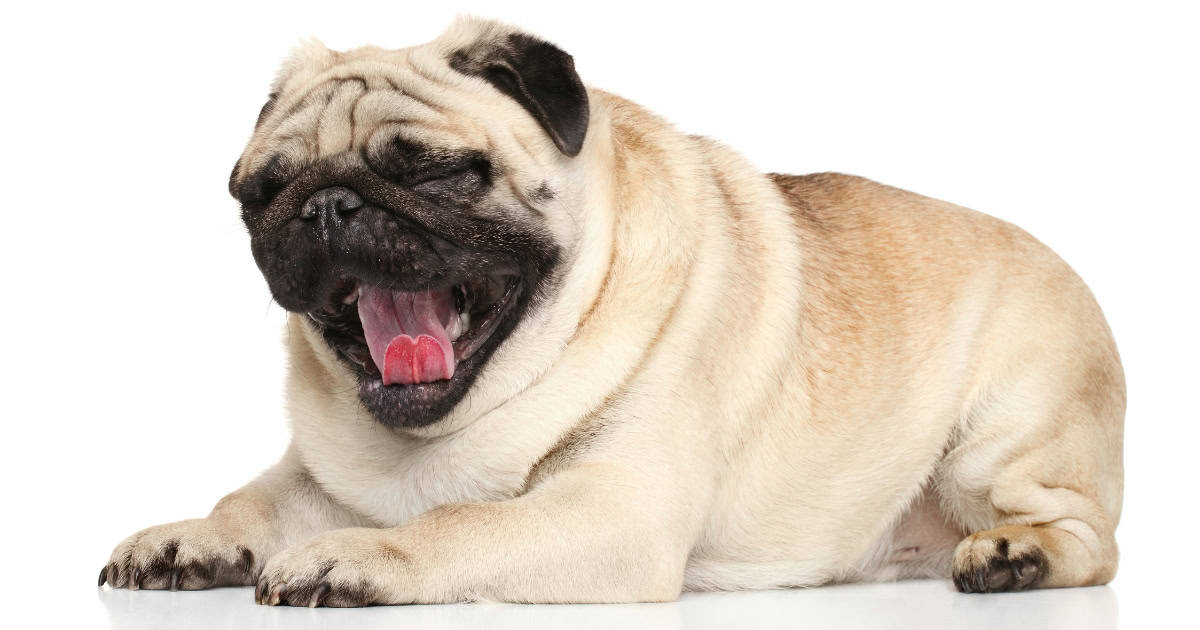 Bred originally in China as lap dogs for royal families, they were imported to Europe in the 16th century. Despite their stocky build they are classified as toy size breed.
Bred originally in China as lap dogs for royal families, they were imported to Europe in the 16th century. Despite their stocky build they are classified as toy size breed.
Pugs are renowned for their flat wrinkly faces with large eyes, stocky bodies and curled tail.
Due to the shape of their face they are prone to both breathing and eye problems. Their coats are short and smooth and come in a variety of colours including black, fawn and apricot.
Pugs are friendly and easy going, making them great family pets.
Puli
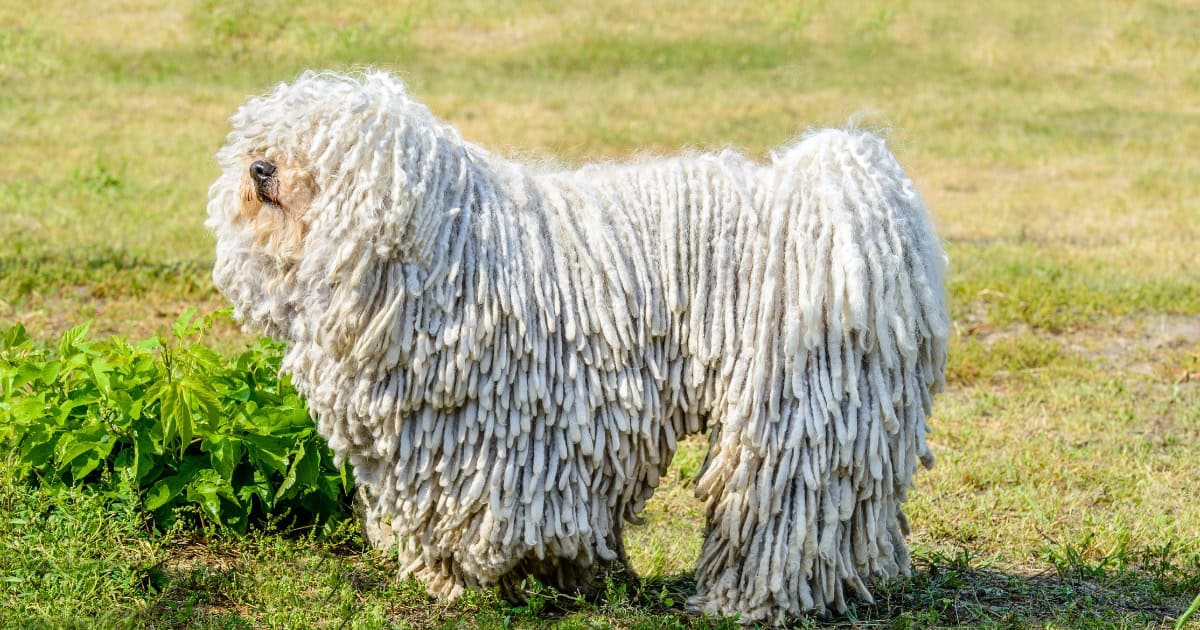 The Puli (pronounced “Poo-lee”, plural is ‘Pulik’) is most recognisable by its dreadlocks. The breed has a soft undercoat and an outercoat which naturally develops tight cords from when they are 10 months old. Their fur can be kept in cords, brushed out or clipped short. They require a lot of grooming whichever way you choose.
The Puli (pronounced “Poo-lee”, plural is ‘Pulik’) is most recognisable by its dreadlocks. The breed has a soft undercoat and an outercoat which naturally develops tight cords from when they are 10 months old. Their fur can be kept in cords, brushed out or clipped short. They require a lot of grooming whichever way you choose.
Their fur can be black, rusty, cream, white, brown or various shades of grey.
They were first brought to Europe from Asia 1000 years ago. They were used in Hungary to herd sheep, where their cords protected them from cold weather. Modern Pulik still have a strong herding instinct and may try to herd other pets! They love working with humans and require a lot of mental stimulation.
Pumi
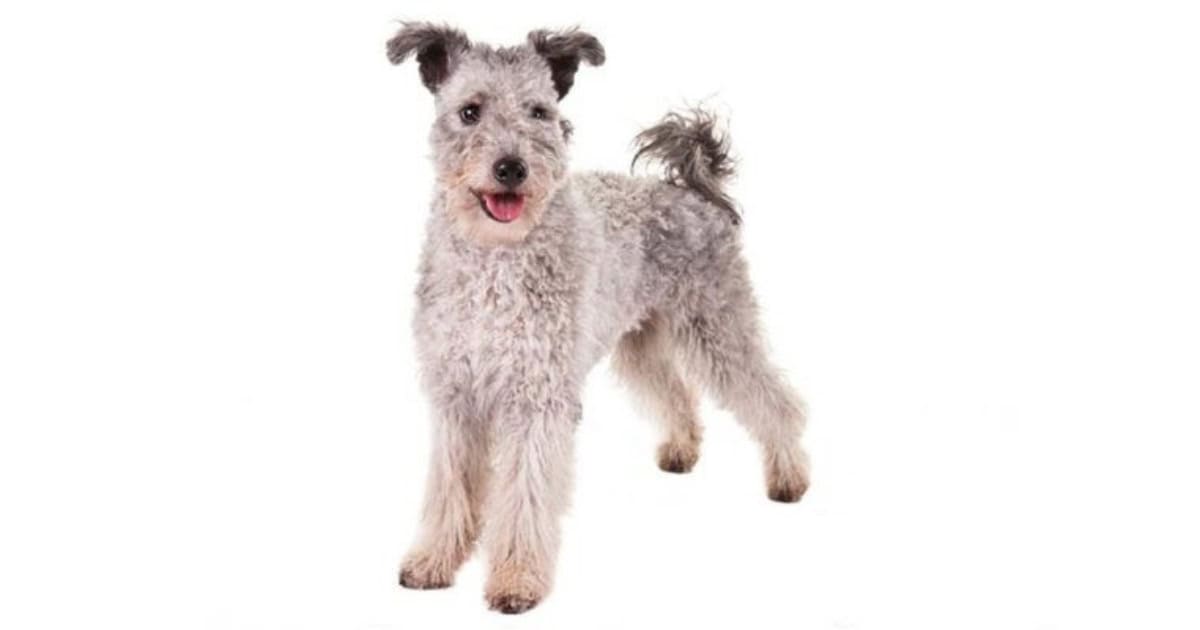 The Pumi (pronounced “Poo-mee”, plural is ‘Pumik’) breed has a fuzzy, curly coat. Their partially erect ears are perky and expressive.
The Pumi (pronounced “Poo-mee”, plural is ‘Pumik’) breed has a fuzzy, curly coat. Their partially erect ears are perky and expressive.
Pumik are energetic and intelligent. Whilst they look like a teddy bear, they are determined workers. First bred in Hungary in the 17th century (by cross breeding Pulik) to herd sheep and other livestock, Pumik love to have a job to do.
A pet Pumi requires a lot of mental stimulation. They love to climb and play fetch but can be prone to excessive barking.
Rat Terrier
 Rat Terriers are a happy and friendly breed. They love being part of a family and having regular close contact with their humans.
Rat Terriers are a happy and friendly breed. They love being part of a family and having regular close contact with their humans.
They come in two varieties – miniature (10-13 inches tall) and standard (13-18 inches tall). They have a smooth and dense coat. They come in a wide variety of colours with many pied pattern options. Colours can be combinations of white, black, tan, fawn, apricot and lemon.
The breed originated in North America, where they were bred to exterminate rats on farms.
They have a lot of energy and need to be regularly exercised. However, due to their small size, a short walk or a game of fetch with a ball is sufficient.
Schnoodle
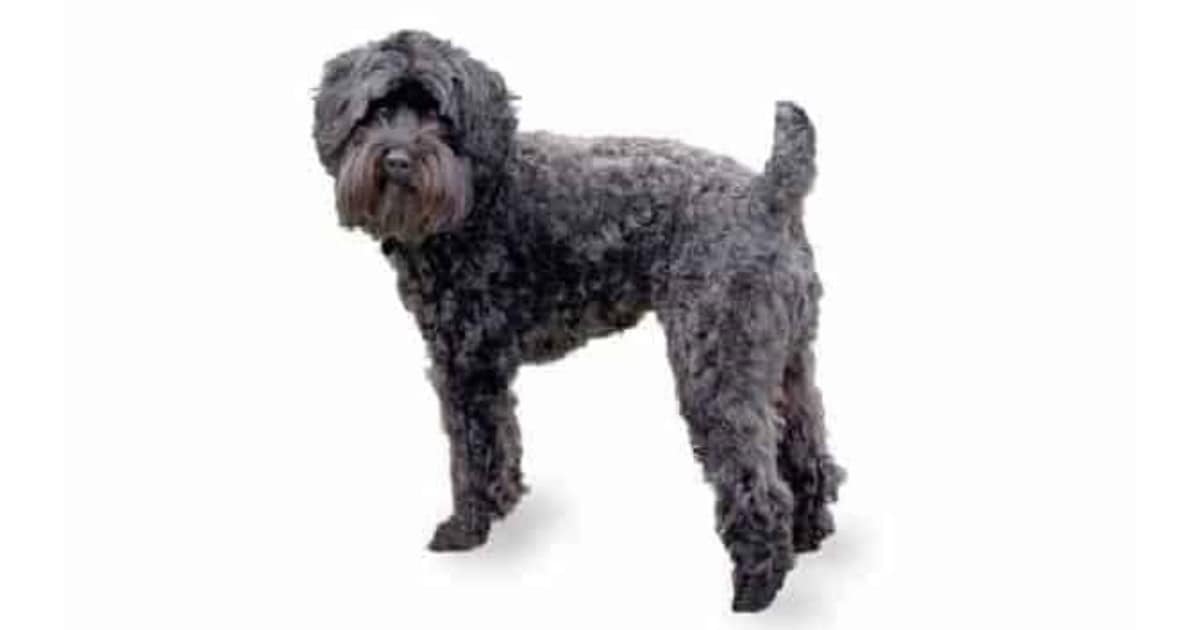 The Schnoodle came about through a cross of the Poodle and the miniature Schnauzer. Schnoodles tend to be very loyal, loving and affectionate.
The Schnoodle came about through a cross of the Poodle and the miniature Schnauzer. Schnoodles tend to be very loyal, loving and affectionate.
Their high intelligence levels and desire to please allow them to perform really well in agility and obedience trials. Schnoodles get on well with children and are usually fine with other pets too.
They shed very little hair and so are a good choice for allergy sufferers. They need regular exercise.
Schipperke
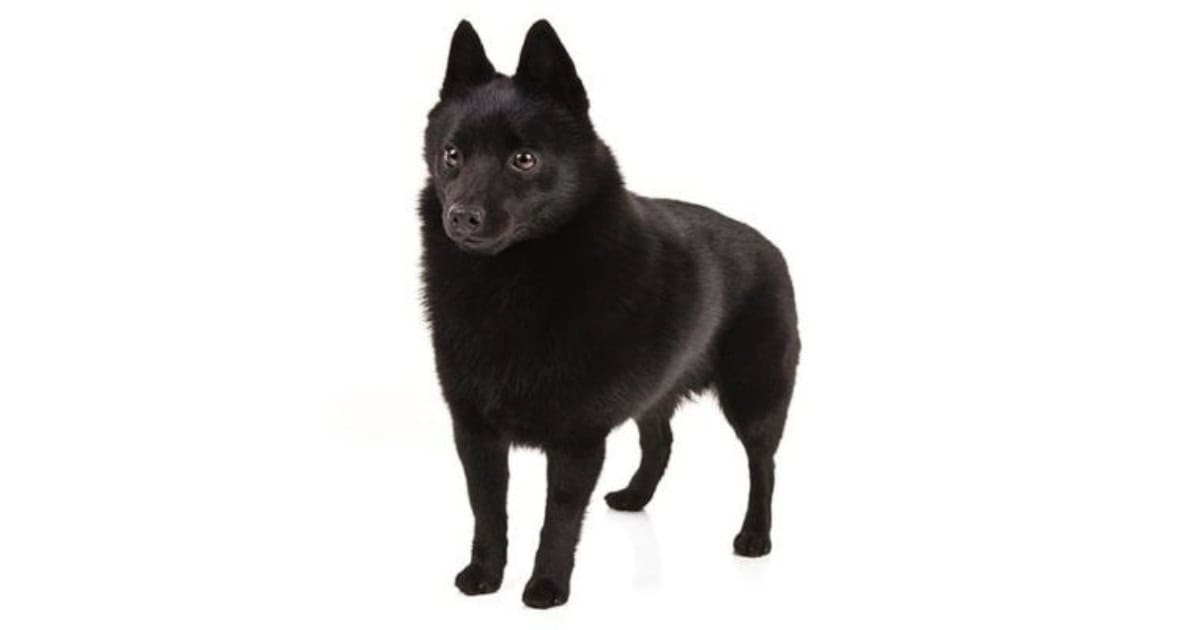 The Schipperke breed, affectionately known as Schips, is a confident and inquisitive breed.
The Schipperke breed, affectionately known as Schips, is a confident and inquisitive breed.
They have black fur, pointed ears and a short body.
Schips originated in Belgium, where they were bred as ratters and watchdogs – their small yet strong and stealthy bodies allowed them to chase and catch rats.
The breed prefers owners who can dedicate time to training, exercising and bonding with them. If not trained, they are prone to excessive barking. Due to their size, they can be kept in smaller homes and yards as long as they are walked regularly.
Scottish Terrier
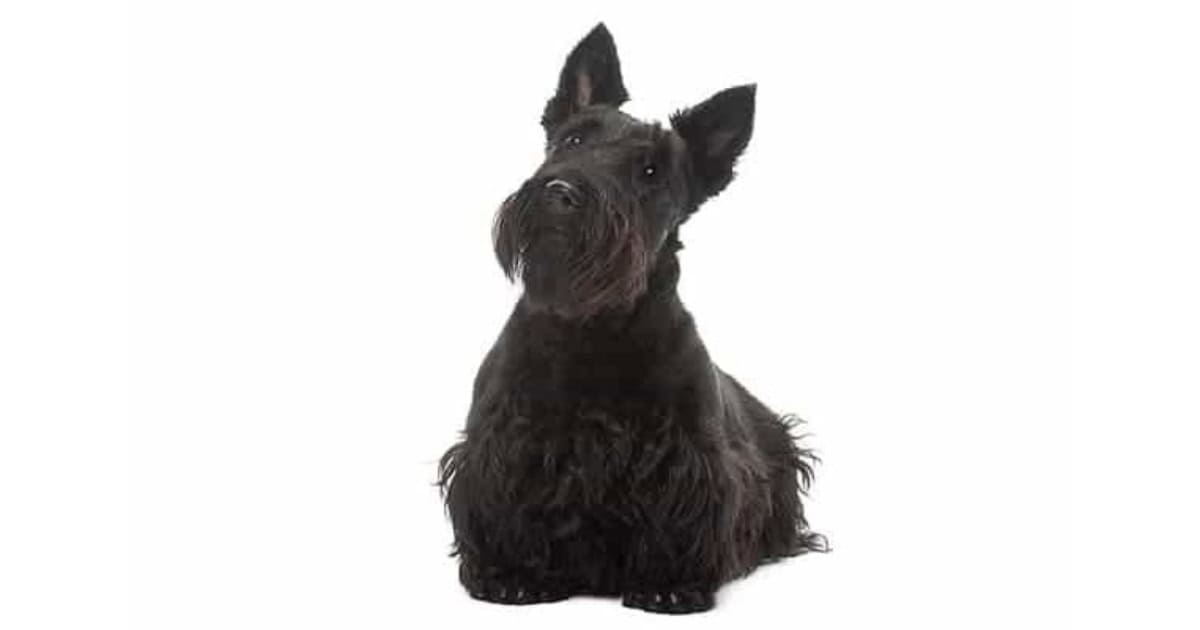 Like most terriers the Scottish terrier is ruggedly independent, alert, energetic, and a fierce hunter of little critters that go bump in the night. And they won’t tolerate other smaller pets in the house.
Like most terriers the Scottish terrier is ruggedly independent, alert, energetic, and a fierce hunter of little critters that go bump in the night. And they won’t tolerate other smaller pets in the house.
They perform well as watch dogs but do tend to bark a lot. They can be aggressive towards other dogs but are generally very affectionate with its human family.
They don’t need a lot of exercise making them a popular choice for the elderly or families with older children.
Shetland Sheepdog
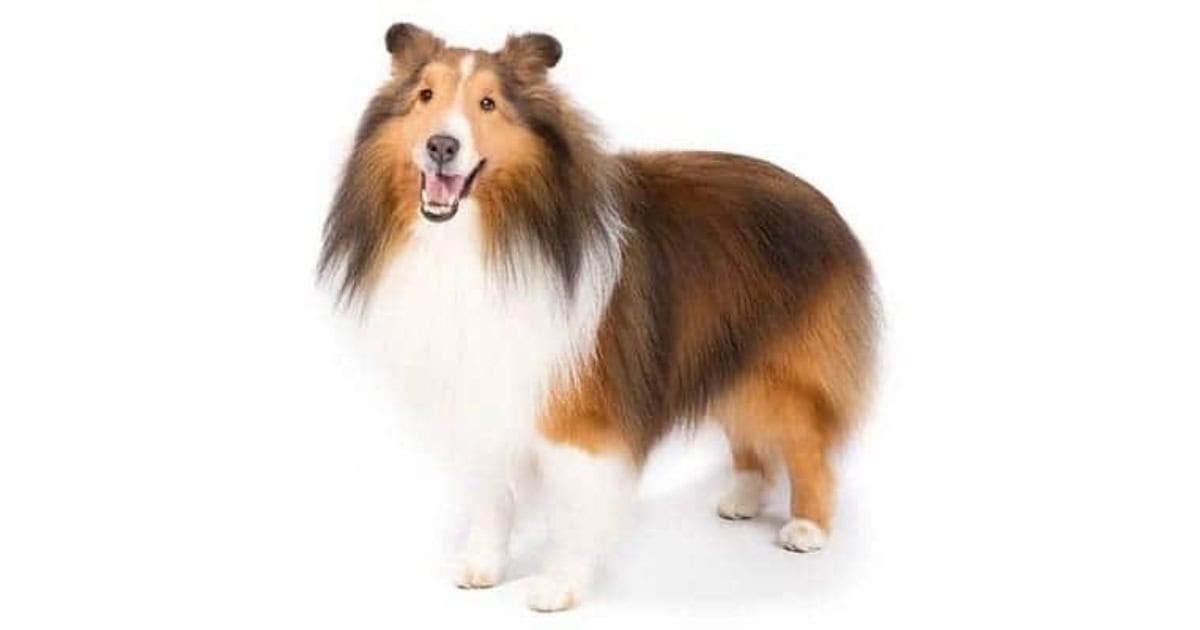 Looking like a smaller version of a border collie the Shetland Sheepdog is an extremely intelligent, agile working dog. Shetlands, or ‘Shelties’, love human companionship and are very sensitive, gentle, affectionate and devoted.
Looking like a smaller version of a border collie the Shetland Sheepdog is an extremely intelligent, agile working dog. Shetlands, or ‘Shelties’, love human companionship and are very sensitive, gentle, affectionate and devoted.
Their high energy needs and intelligence need to be fulfilled; that means lots of exercise and training is essential.
Shelties can develop behaviour problems such as excessive barking if they are not trained properly or they become bored.
They do not do so well in loud or chaotic environments such as with young children.
Shiba Inu
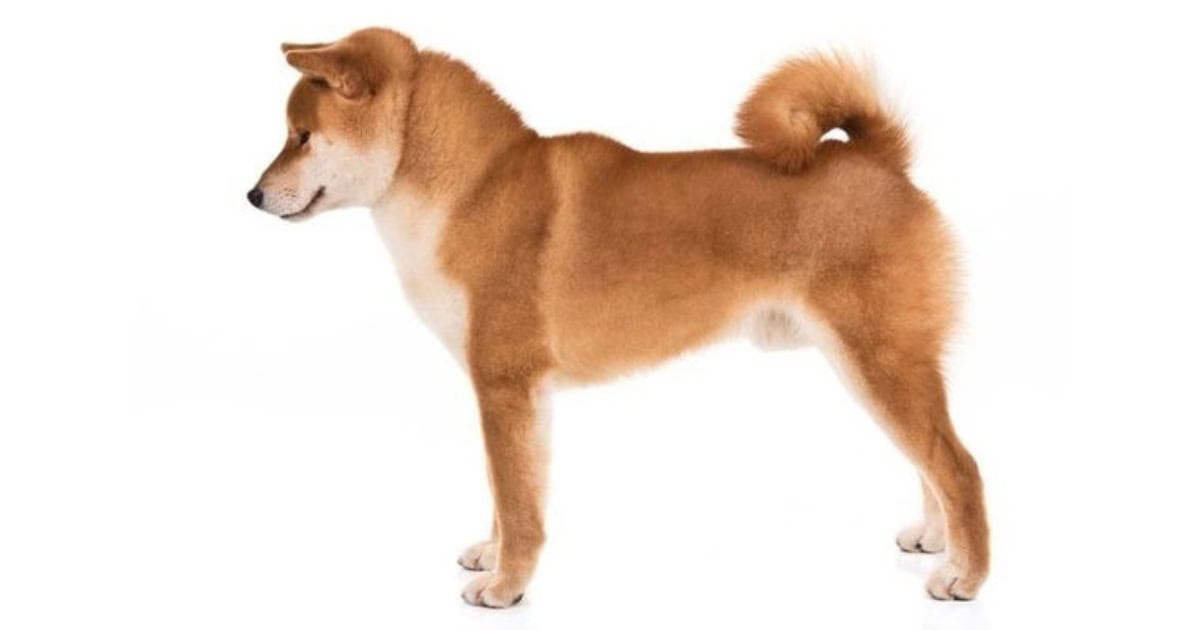 The Shiba Inu breed has become famous because of the popular ‘Doge’ meme online.
The Shiba Inu breed has become famous because of the popular ‘Doge’ meme online.
It is a Japanese breed, originally bred to hunt.
They are very energetic and friendly. They cannot be walked without a leash, no matter how much you train them, as they will run off. They do toilet train notably quickly.
They are fox-like in appearance. They have white markings and can be coloured red, cream, black and tan, or sesame. They shed a lot of fur.
Skye Terrier
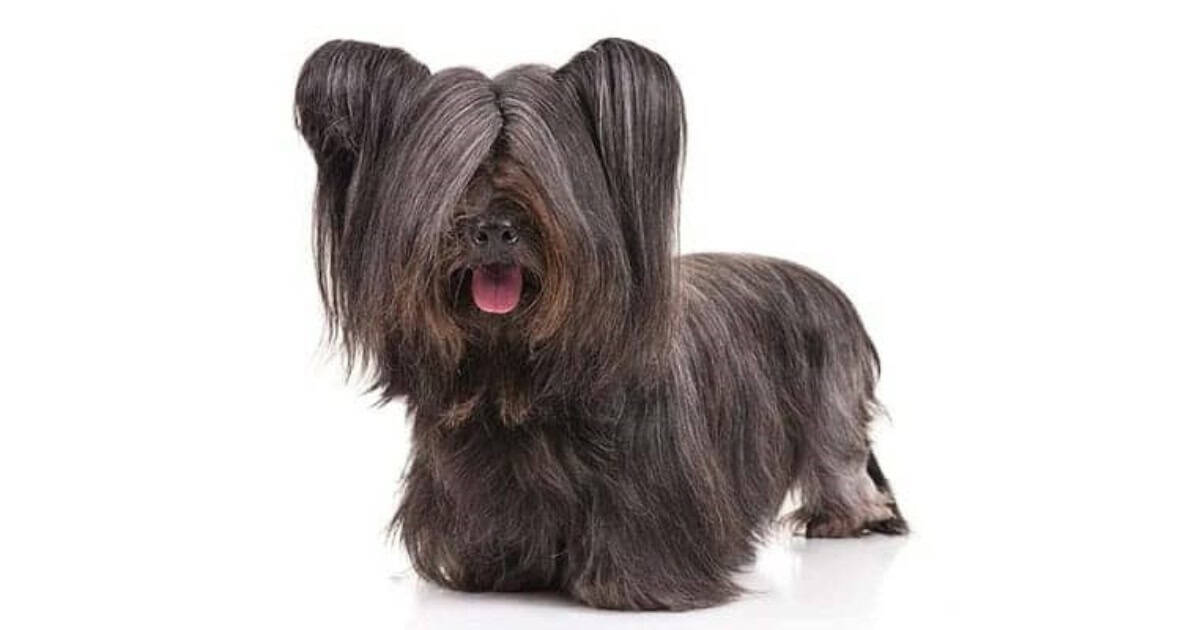 The Skye terrier features very long hair over the face and ears. Its long body stands on short legs so only reaches a height of around 14 cms.
The Skye terrier features very long hair over the face and ears. Its long body stands on short legs so only reaches a height of around 14 cms.
The Skye terrier has a soft undercoat beneath the long-haired overcoat. Generally, Skye terriers are very loyal, affectionate companion dogs that adore being the centre of attention.
They do not need large amounts of exercise but do require consistent training.
Spoodles
 Spoodles are a crossbreed of two intelligent and loyal dogs. Though they date back to the 1960s, with recent generations becoming even more valued for their intelligence and affectionate nature.
Spoodles are a crossbreed of two intelligent and loyal dogs. Though they date back to the 1960s, with recent generations becoming even more valued for their intelligence and affectionate nature.
There are technically two variations: spoodles (mixed between English Cockers) or cockapoos (the result of an American).
This breed is known for their easy-going, gentle natures combined with a playful intelligence.
They are very rarely aggressive and extremely tolerant of children which makes them perfect family dogs that fit in well to most environments.
These breeds can be easily trained and have the benefit of being social animals as they tend to live long lives with good health overall.
Sussex Spaniel
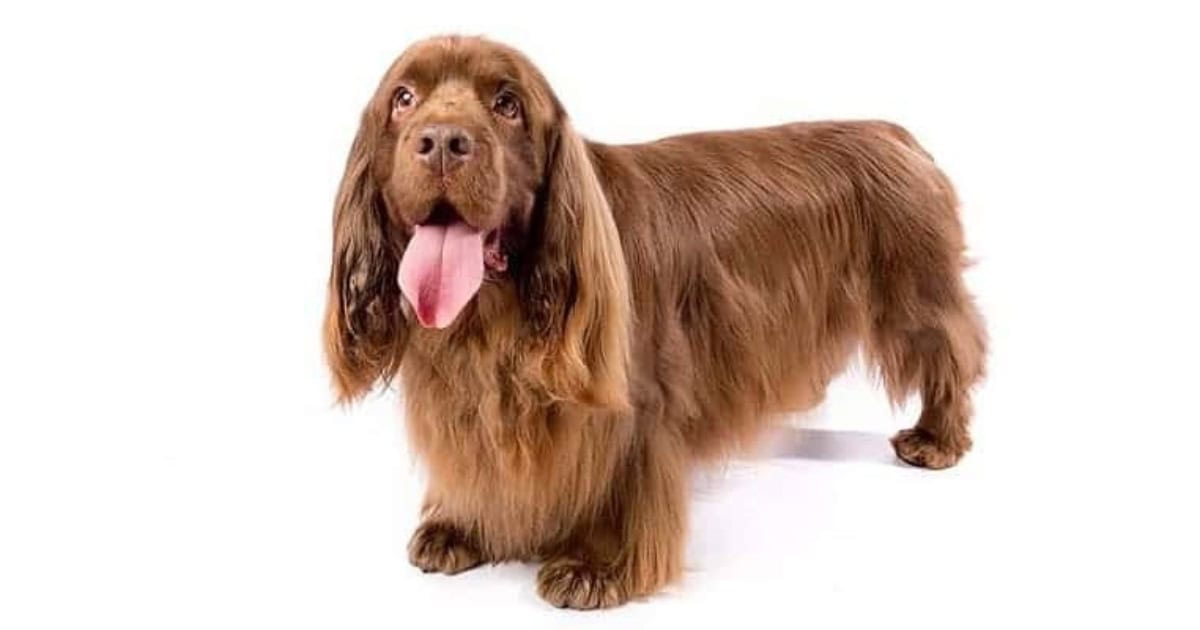 The Sussex spaniel has the droopy ears and hangdog expression typical of a cocker spaniel.
The Sussex spaniel has the droopy ears and hangdog expression typical of a cocker spaniel.
In fact, they tend to be very happy, calm, loving dogs. Although not the fastest moving dog in town the Sussex will still enjoy a good romp outdoors. They do like to bark but not excessively.
They do shed frequently and need lots of grooming to keep their coat looking its best.
Swedish Vallhund
 The Swedish Vallhund is a cheerful and friendly breed. It is high-energy and always alert.
The Swedish Vallhund is a cheerful and friendly breed. It is high-energy and always alert.
The breed is a Spitz Herding dog. It originated in Scandinavian Viking days. For centuries, they were used to herd cattle. The breed is naturally very eager to please their owners.
They have a long and low body, designed to help them nip at cattle rather than being designed for style like some other longer breeds. They have pointed ears. Their coat is dense and medium-length, shedding a fair amount.
Tibetan Terrier
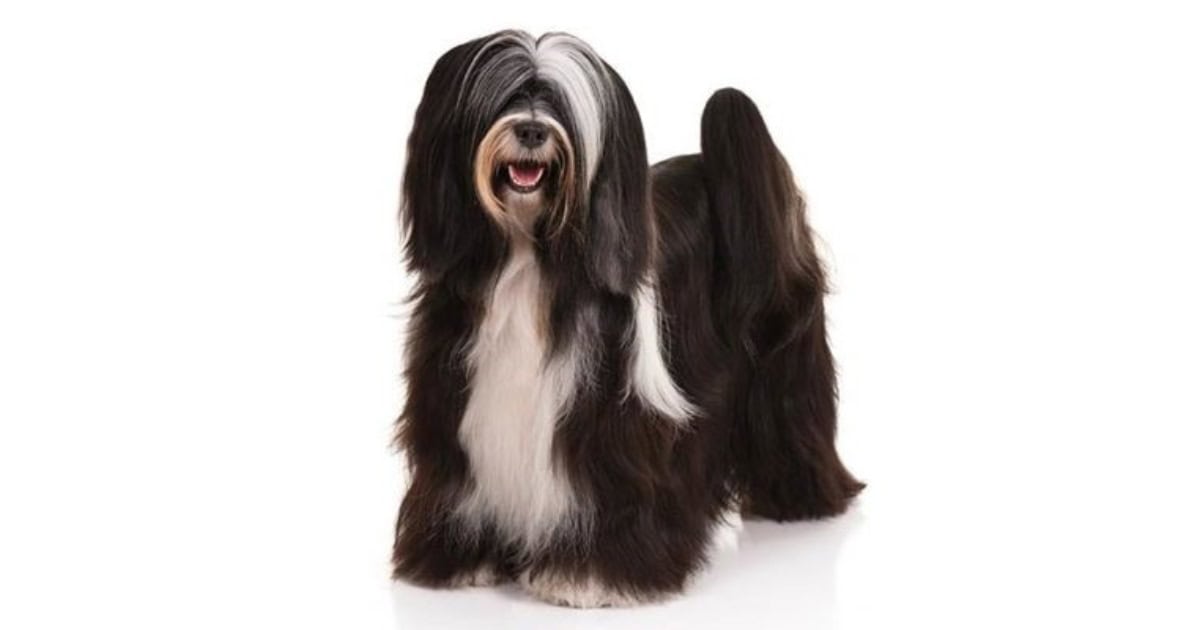 The Tibetan Terrier is known as the ‘Holy Dog of Tibet’. Whilst it is originally from Tibet, it is not actually a terrier. It is similar to a Lhasa Apso but bigger.
The Tibetan Terrier is known as the ‘Holy Dog of Tibet’. Whilst it is originally from Tibet, it is not actually a terrier. It is similar to a Lhasa Apso but bigger.
This loving breed was bred to be a companion and watch dog.
They have a long double coat that hangs over their eyes. It is best to keep their fur short if you don’t have a lot of time for grooming or plan on playing outdoors and getting dirty. Their large flat feet are designed to help them move through the snow (like a pair of snowshoes!).
Tibetan Terriers chew their food thoroughly and will leave food in their bowl once they are full. They are a very lean breed.
Tibetan Spaniel
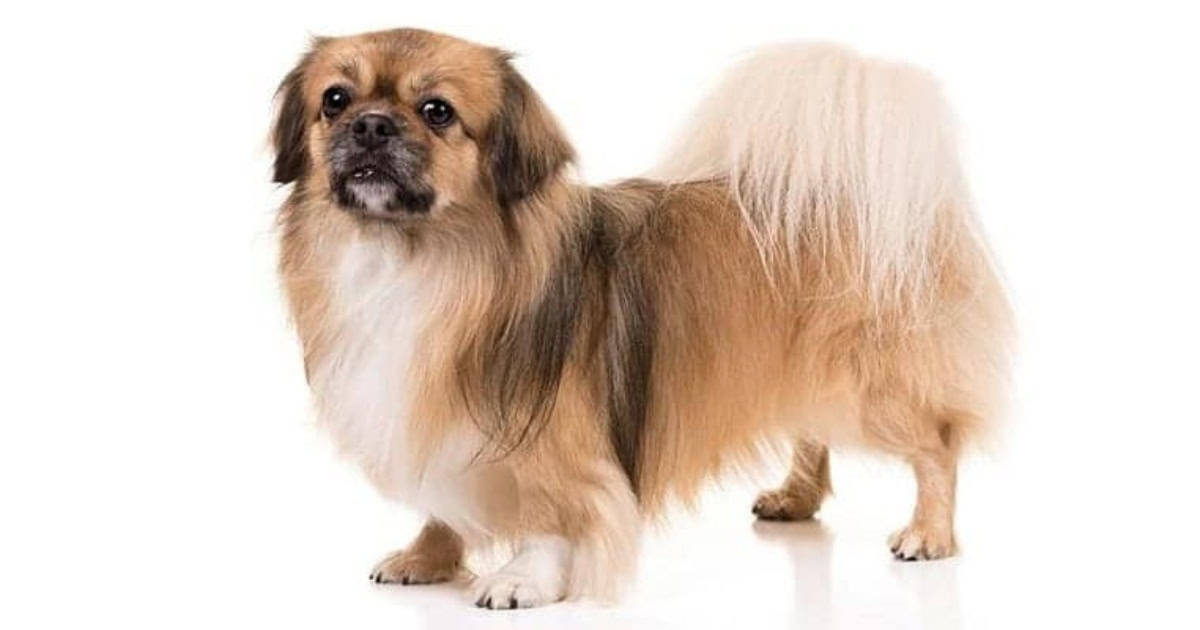 The Tibetan spaniel started out as a watch dog in Tibetan monasteries more than 2,500 years ago.
The Tibetan spaniel started out as a watch dog in Tibetan monasteries more than 2,500 years ago.
Their feathery tail curled over their back and Pekinese facial expression makes its ancient Asian lineage very obvious. They are highly agile and fast moving but form very tight bonds with their human family.
Although not generally yappy they will bark at strange noises and unknown people. The Tibetan spaniel can resist training but even so with perseverance will make a loving companion dog.
Toy Poodle
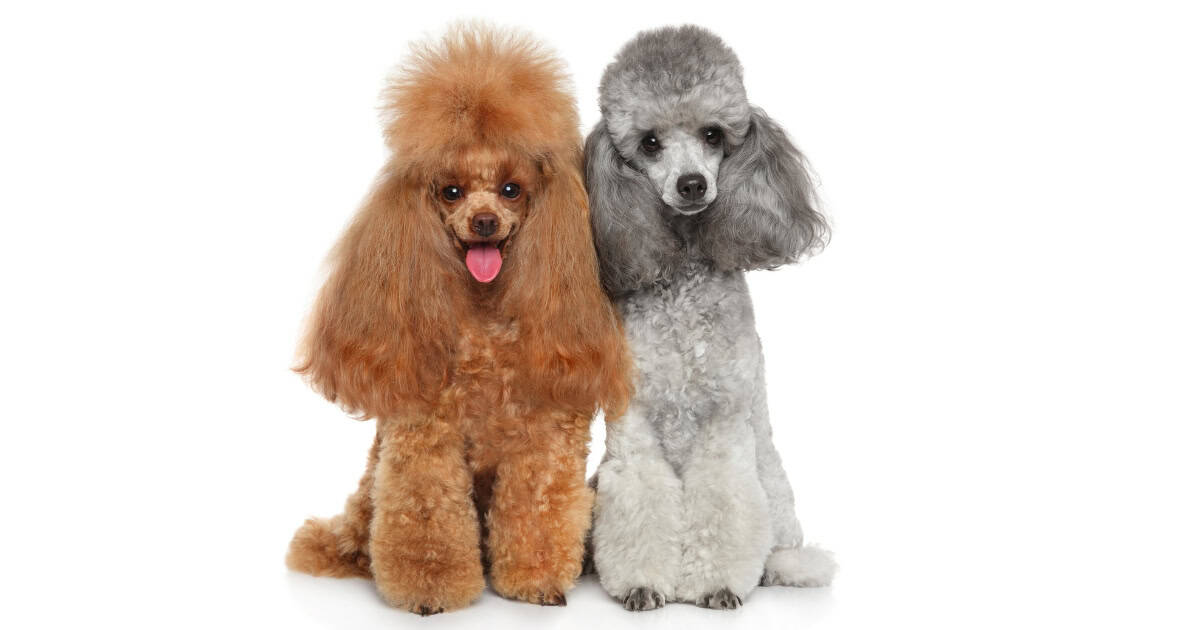 The toy poodle probably originated in England from a poodle crossed with a terrier.
The toy poodle probably originated in England from a poodle crossed with a terrier.
They are lively, intelligent, fun-loving dogs that need lots of human attention.
However, they’re not a good choice for families with young children due to their tendency to be impatient, bark and nip children that may inadvertently annoy them.
Toy poodles shed very little making them a good choice for allergy sufferers. However they do need lots of grooming. They usually weigh between 3 and 4 kgs.
Welsh Corgi
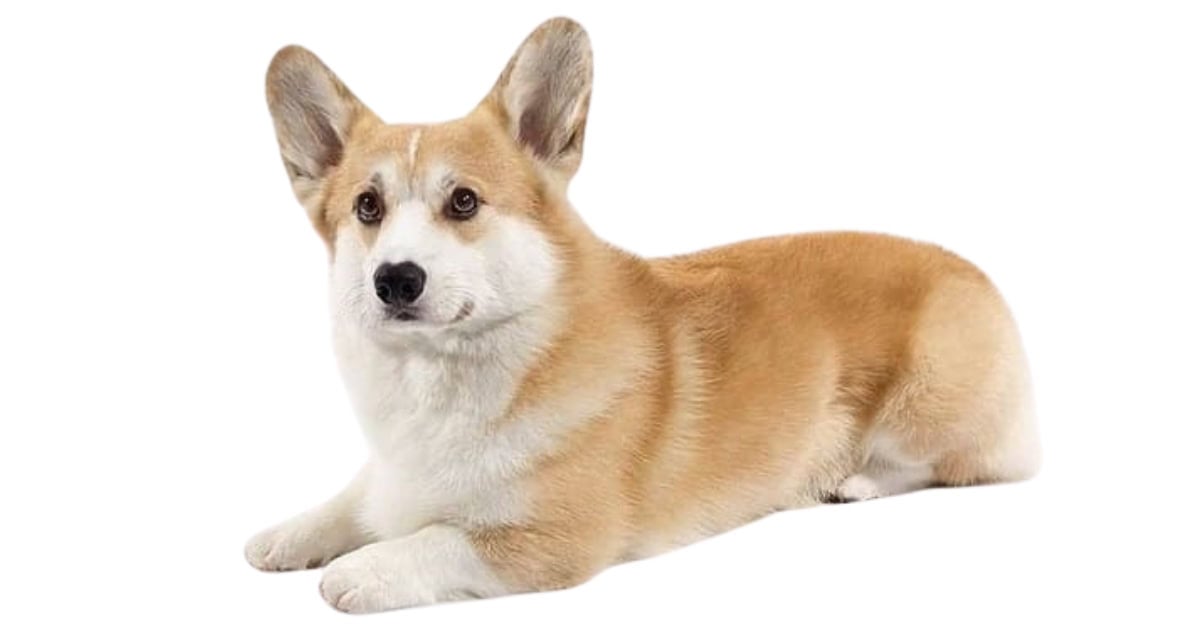 There are actually two distinct types of corgi: the Pembroke and the Cardigan. Cardigans have a long, foxlike tail whereas Pembrokes have their tail docked close to their body.
There are actually two distinct types of corgi: the Pembroke and the Cardigan. Cardigans have a long, foxlike tail whereas Pembrokes have their tail docked close to their body.
Corgis are loyal, loving, and smart. Despite being a small dog they are pretty tough and are fine with young children. However, they may occasionally nip when their sheep herding instincts come out.
They need lots of exercise and have a tendency to become overweight. They also shed heavily twice a year.
Welsh Terrier
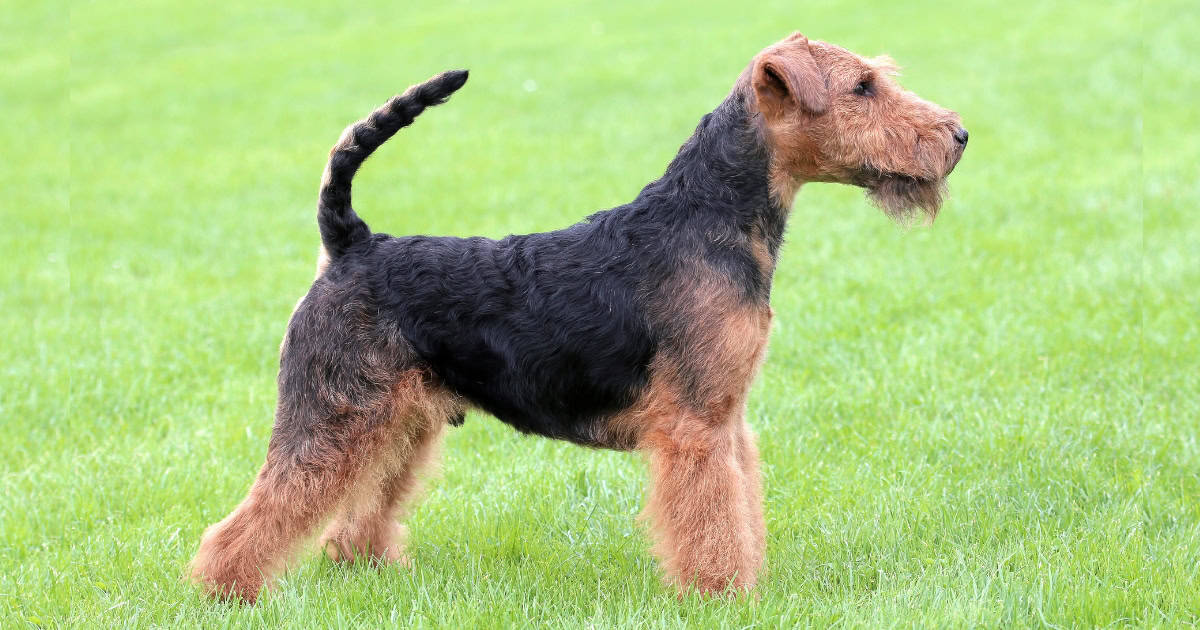 The ‘Welshie’ is a wiry coated powerhouse of energy and inquisitiveness. They need exercise and playtime and make great companions. Welshies are very intelligent and respond well to training.
The ‘Welshie’ is a wiry coated powerhouse of energy and inquisitiveness. They need exercise and playtime and make great companions. Welshies are very intelligent and respond well to training.
They are usually very patient around children but, as with other terriers, the Welshie may not tolerate small pets in the house.
They also enjoy climbing onto high places around the house. The Welshie generally grows to a weight of around 9kgs.
West Highland White Terrier
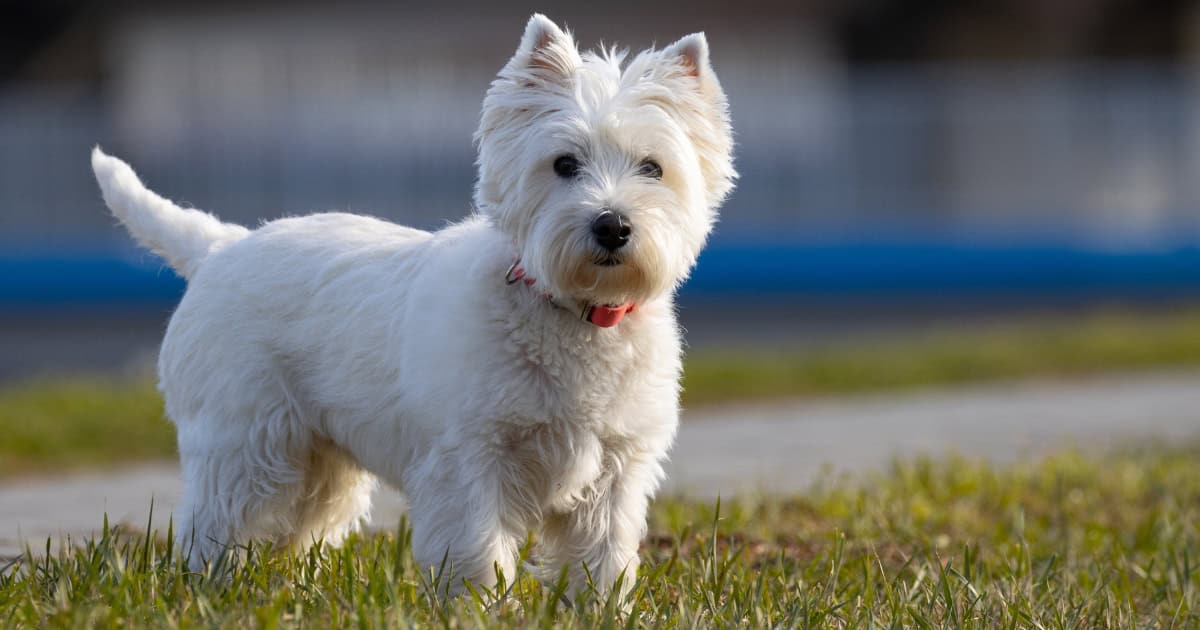 The Westie was bred in Scotland as a rat hunter. They are friendly, lively and like to be engaged in challenging games.
The Westie was bred in Scotland as a rat hunter. They are friendly, lively and like to be engaged in challenging games.
They need regular exercise too. They make great pets except where there are young children. This is because, like many terriers, they can lack patience with rough and tumble play.
Westies usually get on with other similar sized pets especially if the dog is socialised to them from a young age. However, the Westie will probably harass smaller pets.
Whippet
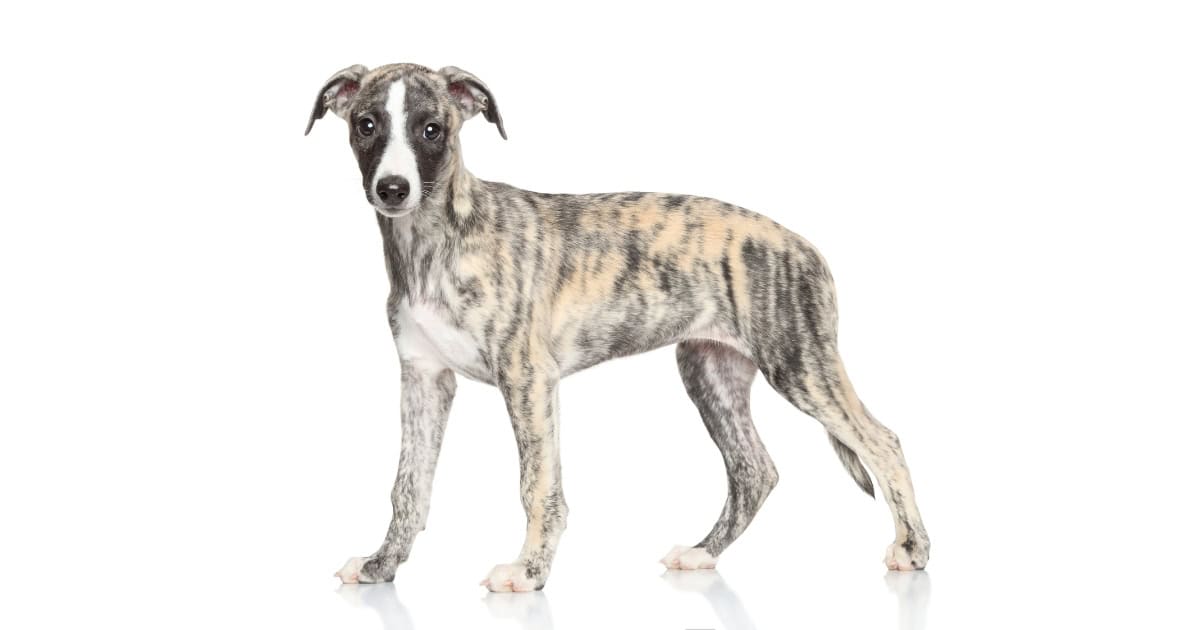
Related to the greyhound, the whippet is a lean, athletic and incredibly fast dog. Whippets are loving, loyal and usually very gentle companions.
They are very tolerant towards children although they can be sensitive to sudden movement or noise. Although they love to run and can attain speeds in excess of 50 kms per hour they also like to lounge around the house.
When exercising whippets it pays to remember they were originally bred for hunting and love to chase moving targets including cars, cats, and other dogs.
Their very short hair coats make them a good choice for owners who dislike lots of dog hair around the house.
Wirefox Terrier
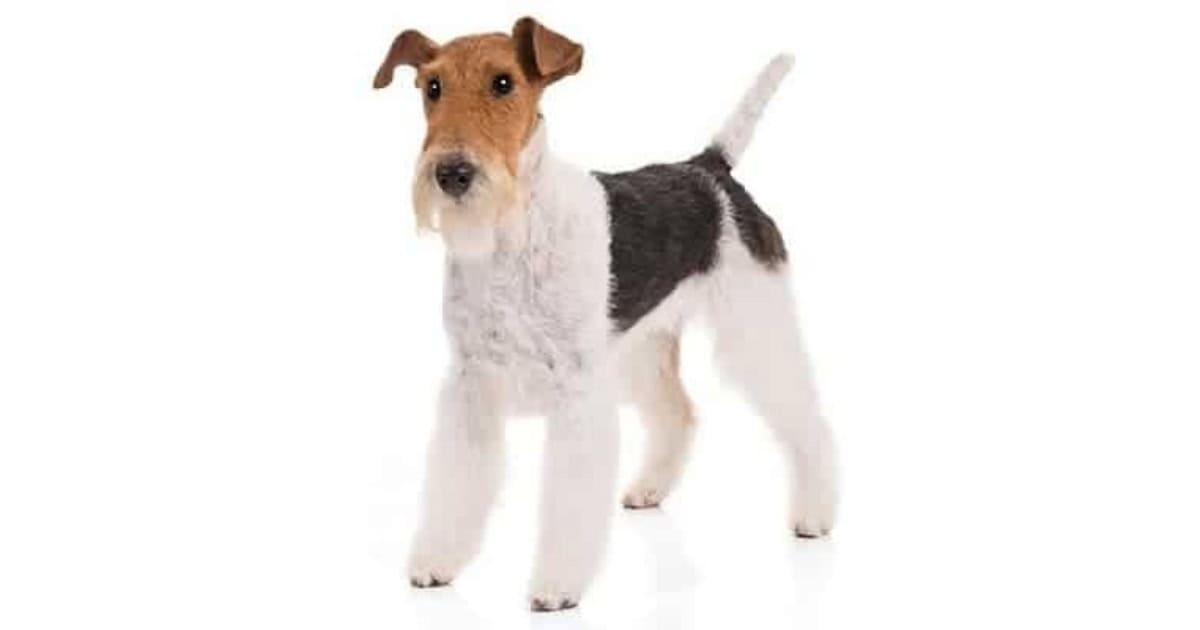
The Wirefox terrier weighs between 6 and 8 kgs but it packs a lot of feisty punch for its size.
Wirefox terriers are highly intelligent and energetic backed up by the typical terrier hunting instincts and independence. They make great pets for families but they do need training (sometimes difficult) and lots of exercise.
They don’t shed much and their adorable faces and bundle of laughs personality are enough to win over the hardest heart.
Yorkshire Terrier
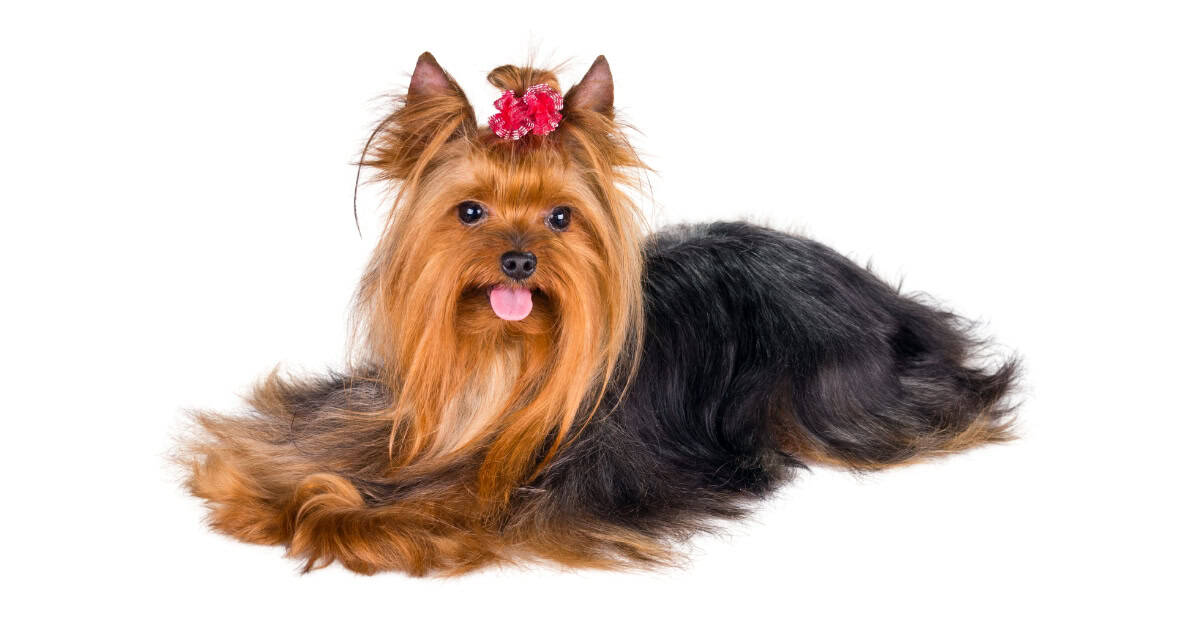
The ‘Yorkie’, as the name suggests, comes from Yorkshire.
The Yorkie’s long silky coat hides a little dynamo of a dog with oodles of personality and love to spread around the home.
Weighing little more 3kgs this bundle of joy will prove to be a deeply devoted companion. They need regular exercise and stimulation, like most terriers.
Yorkies do not cope with rough handling so are not a good choice for young children. Yorkies are prone to a number of health issues.




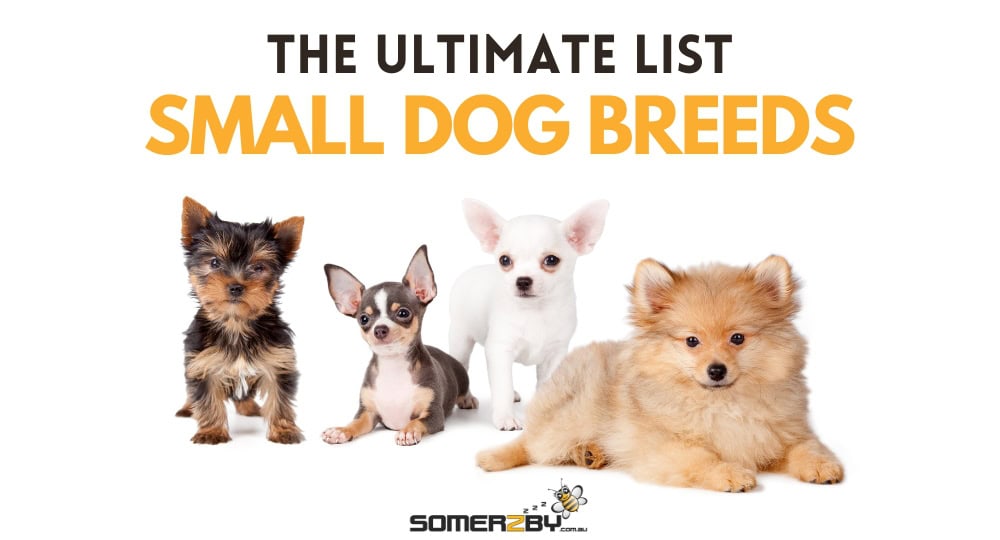
I have a Tenterfield Terrier. These are smart little dogs. But when I look for them on any dog site, Nobody has heard of them. They are a registered Australian breed for about the last 20 years.. mine is 15. How long does a breed take to be recognised?
Two breeds i am familiar with are missing a description or two. Pugs. Pugs shed constantly.
Yorkshire Terriers is my breed of choice. Their hair is also non allergic as they do not produce dander on their skin. Pet Yorkies are almost always clipped in a modified Schnauzer cut which reduces the need for daily grooming. In Australia they have very few health issues, mainly possible slipping patella which can be avoided by restricting long walks to short and no stairs until they are fully grown around 12 months. We recommend no early desexing but again wait till mature at 12 months. Early desexing shows a statistical relationship to slipping patella.
Pity you haven’t mentioned the Tenterfield Terrier, who can be great family pets.
Small dog breeds are incredibly cute and can make wonderful companions for those who prefer a smaller furry friend. It’s important to remember that just because they are small in size, doesn’t mean they don’t need exercise and proper training. Thank you to the somerzby for bringing attention to these adorable pups and for reminding us to take good care of them.
The info regarding the difference between Cardigan & Pembroke Corgis is incorrect.
I have rescued a silky terrier,
We have had him now for about three months. He was in a real bad place, has lots of isues it’s very sad I won’t let myself think about all the horrible things he servived.
He’s so damn cute and he really love us and his cats. It alot of work but we’re hoping Max will come through this transition a happyer healthyer boy. He was never trained or socialized at all . So if anyone has some ideas on how to continue his training and how to help with his trama and anxiety I would be happy to receive help. Thank you, and love to the Silkys !🤗
Maybe ask your vet for a dog therapist consultant.